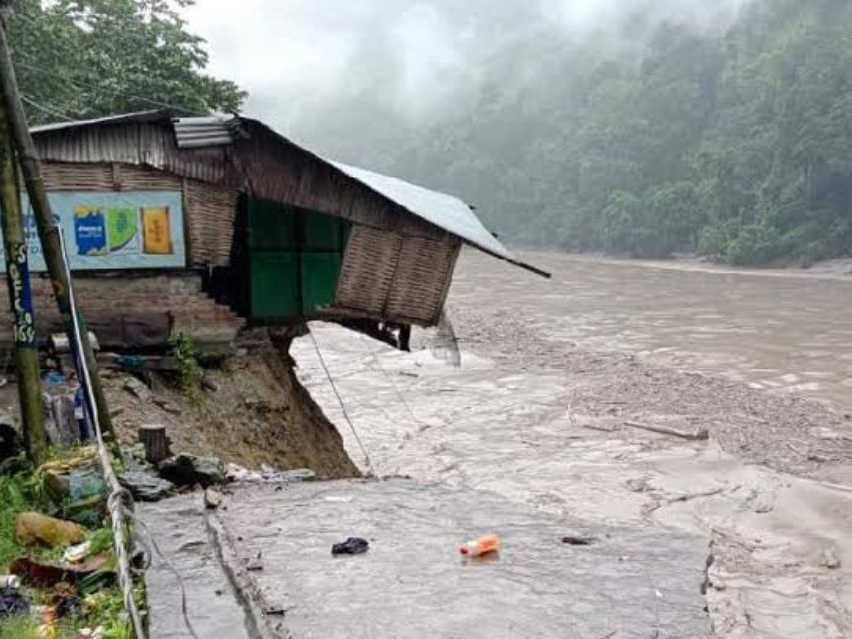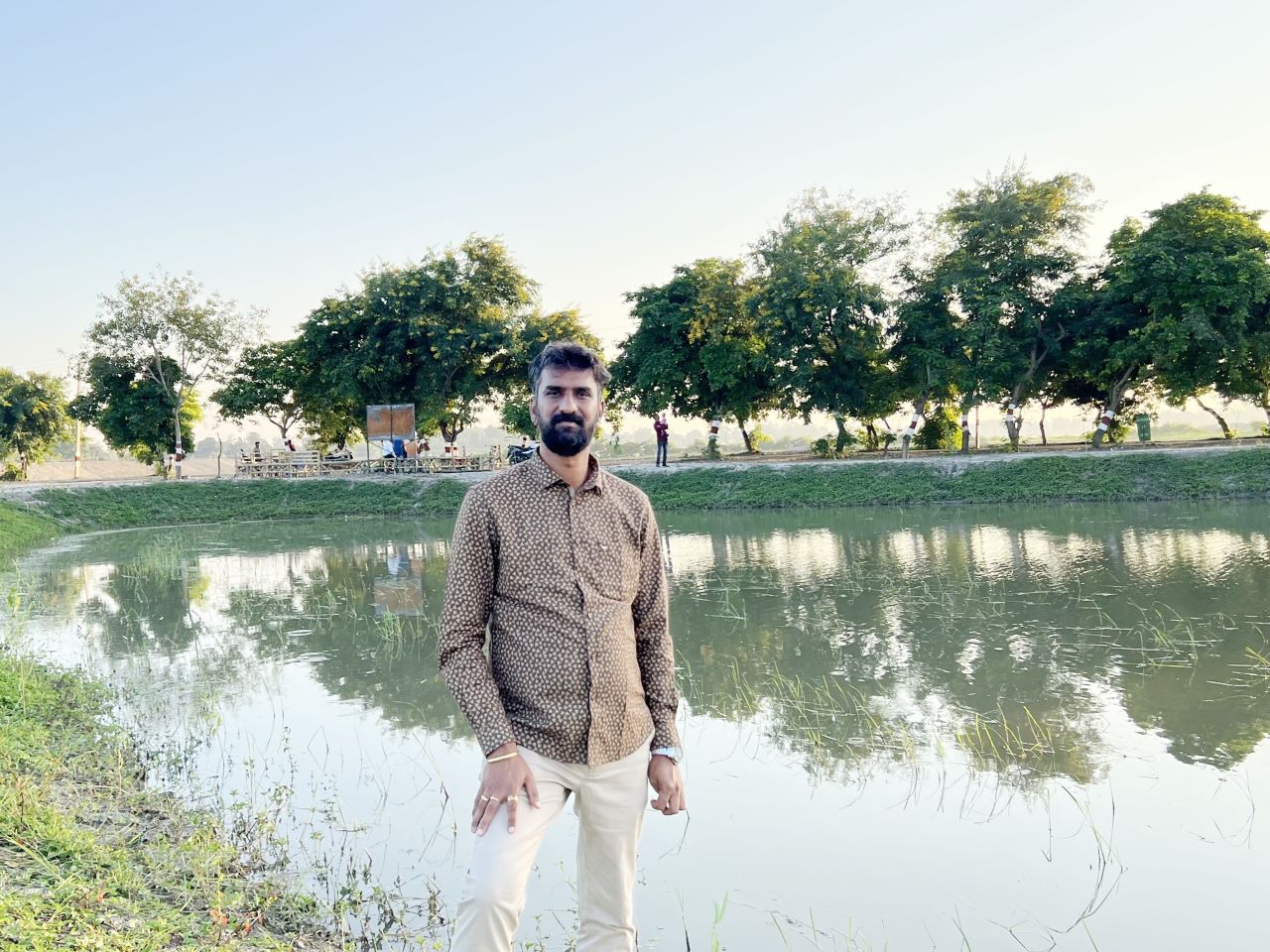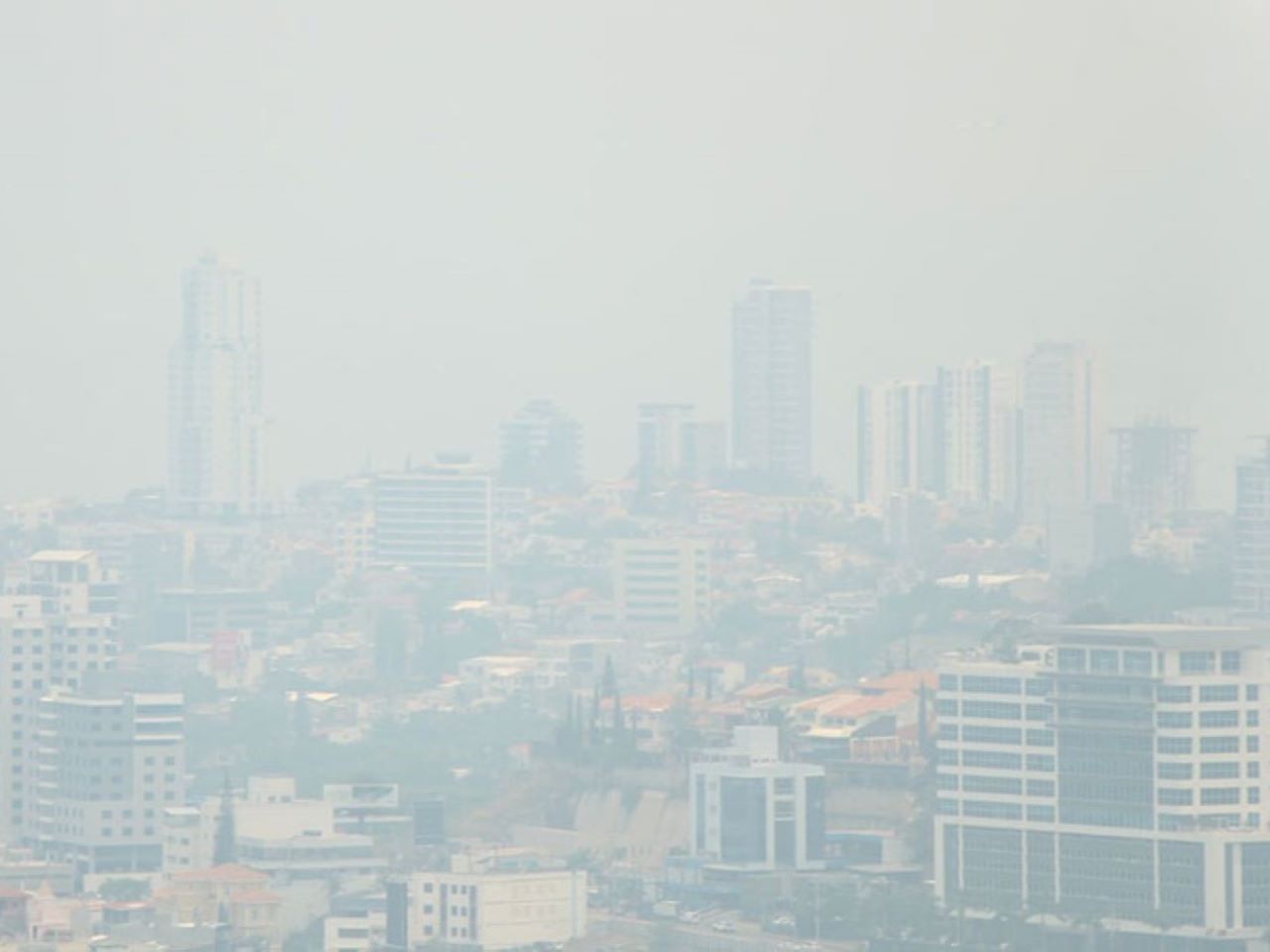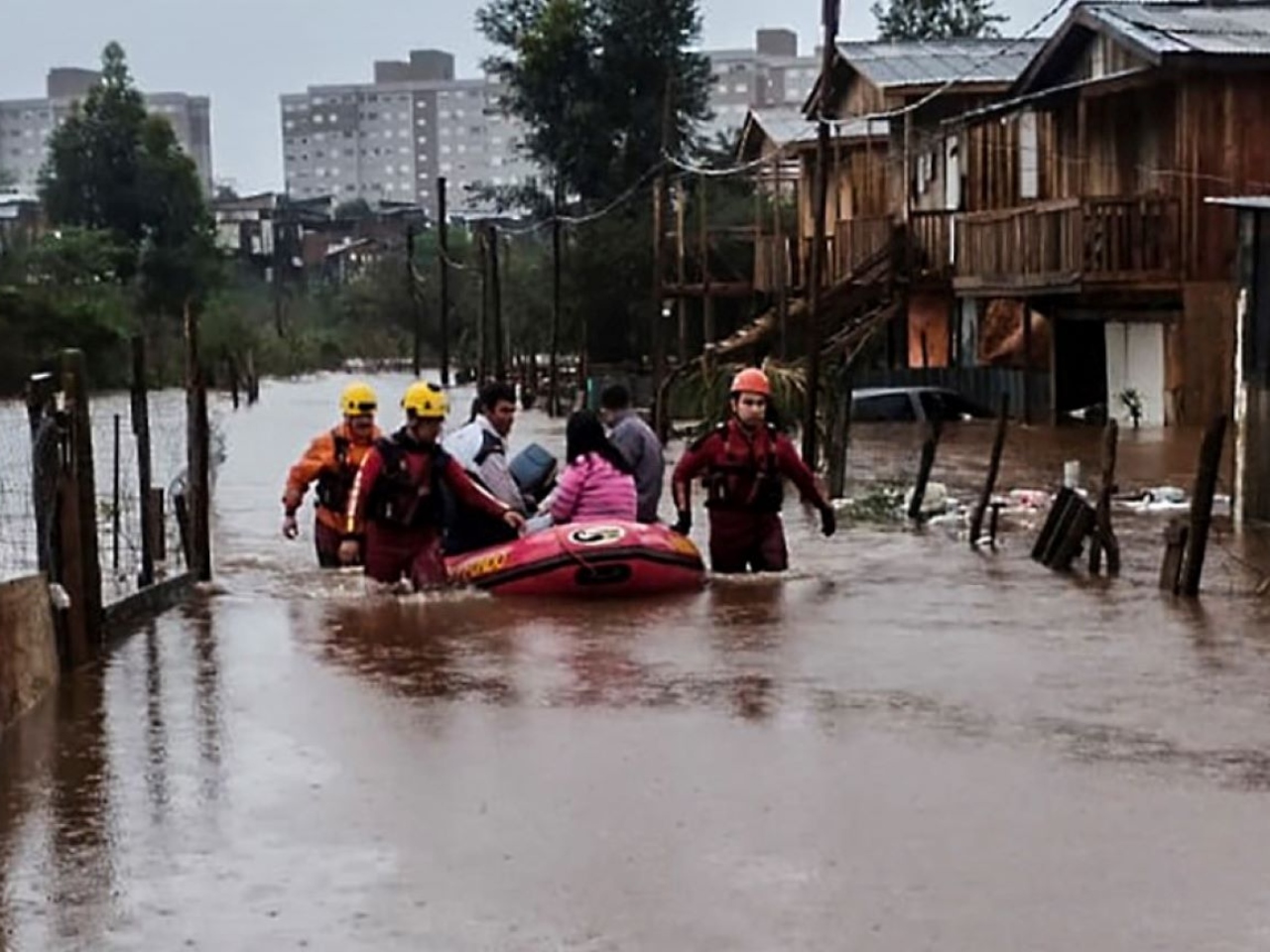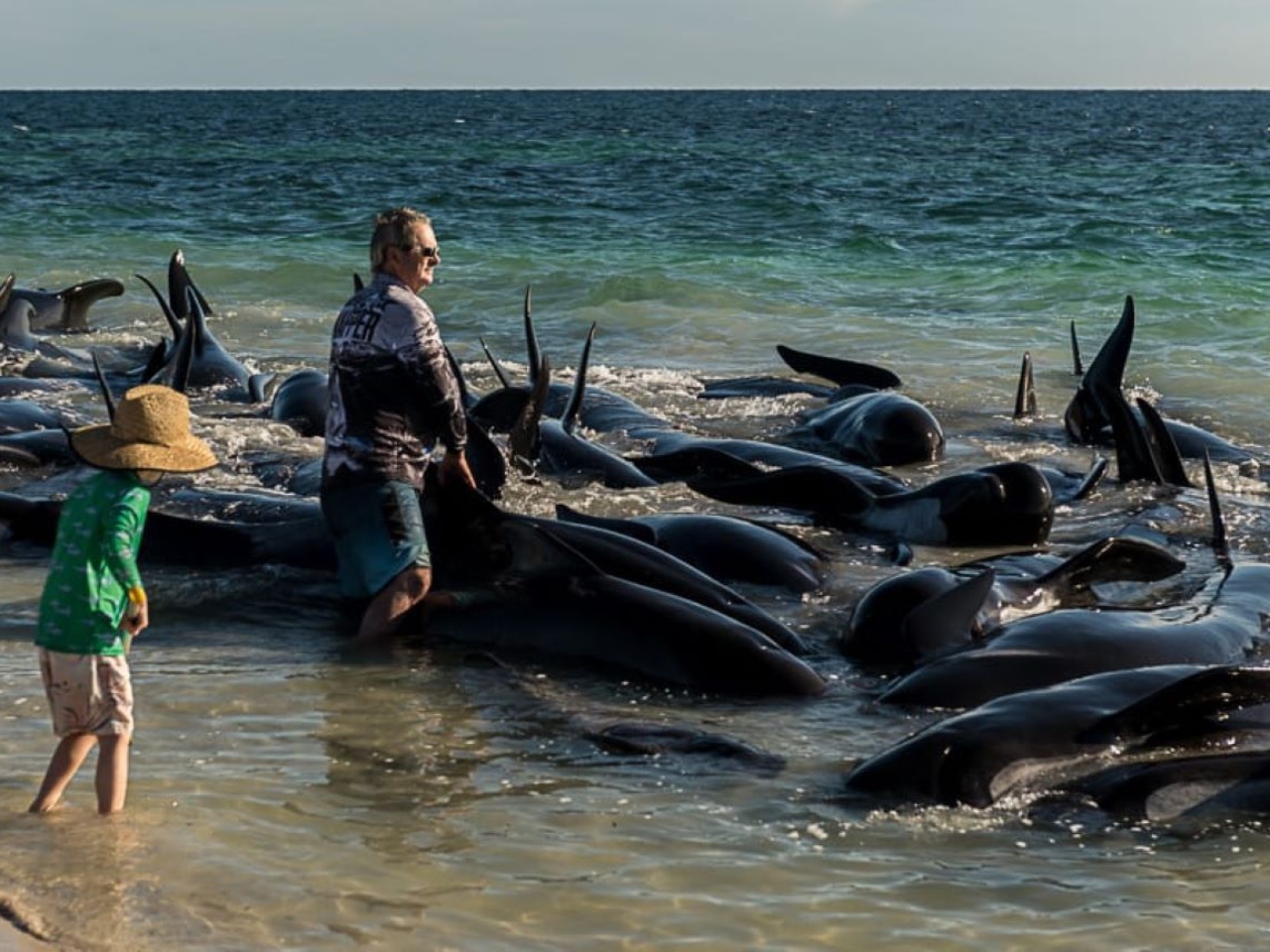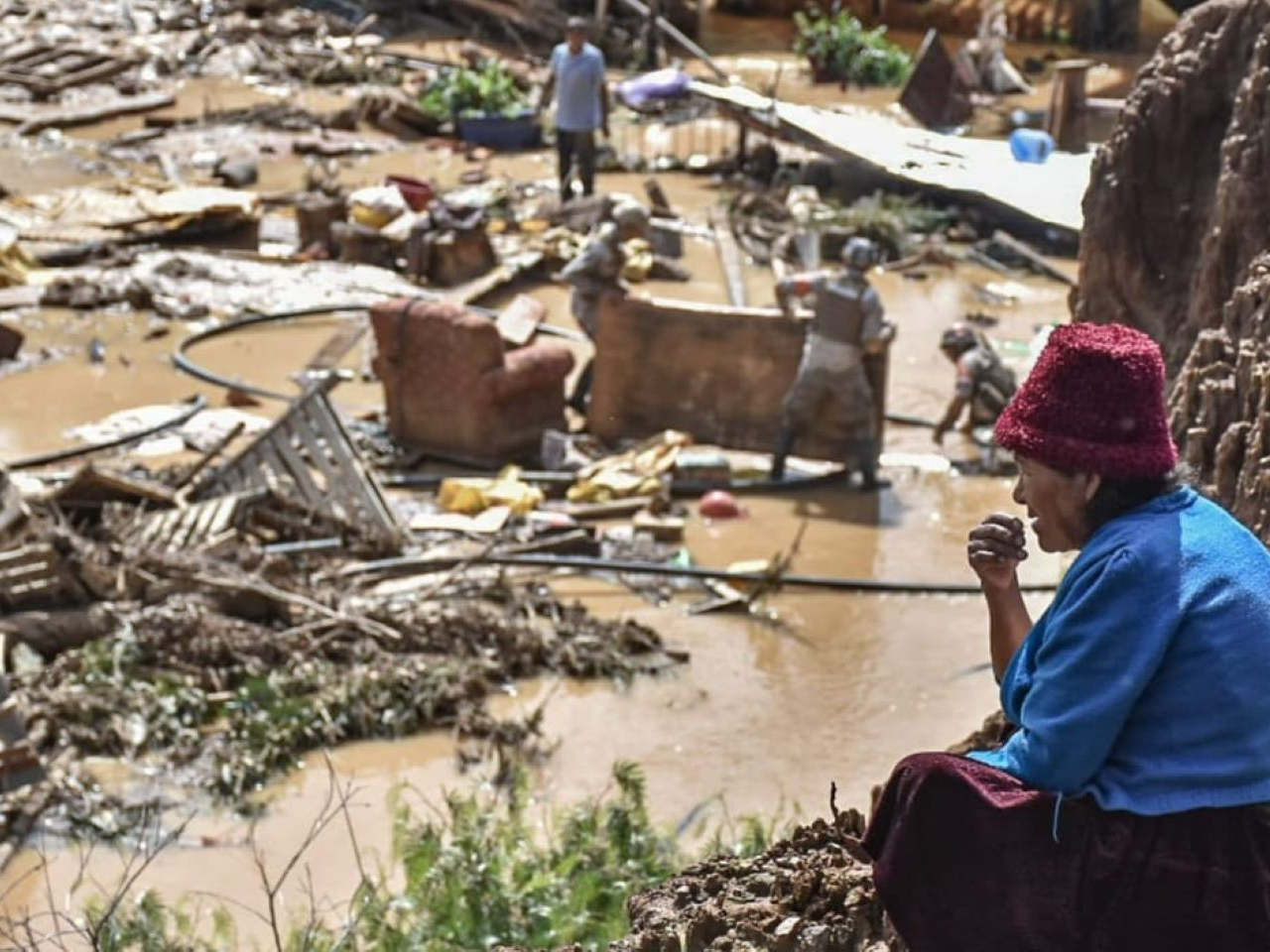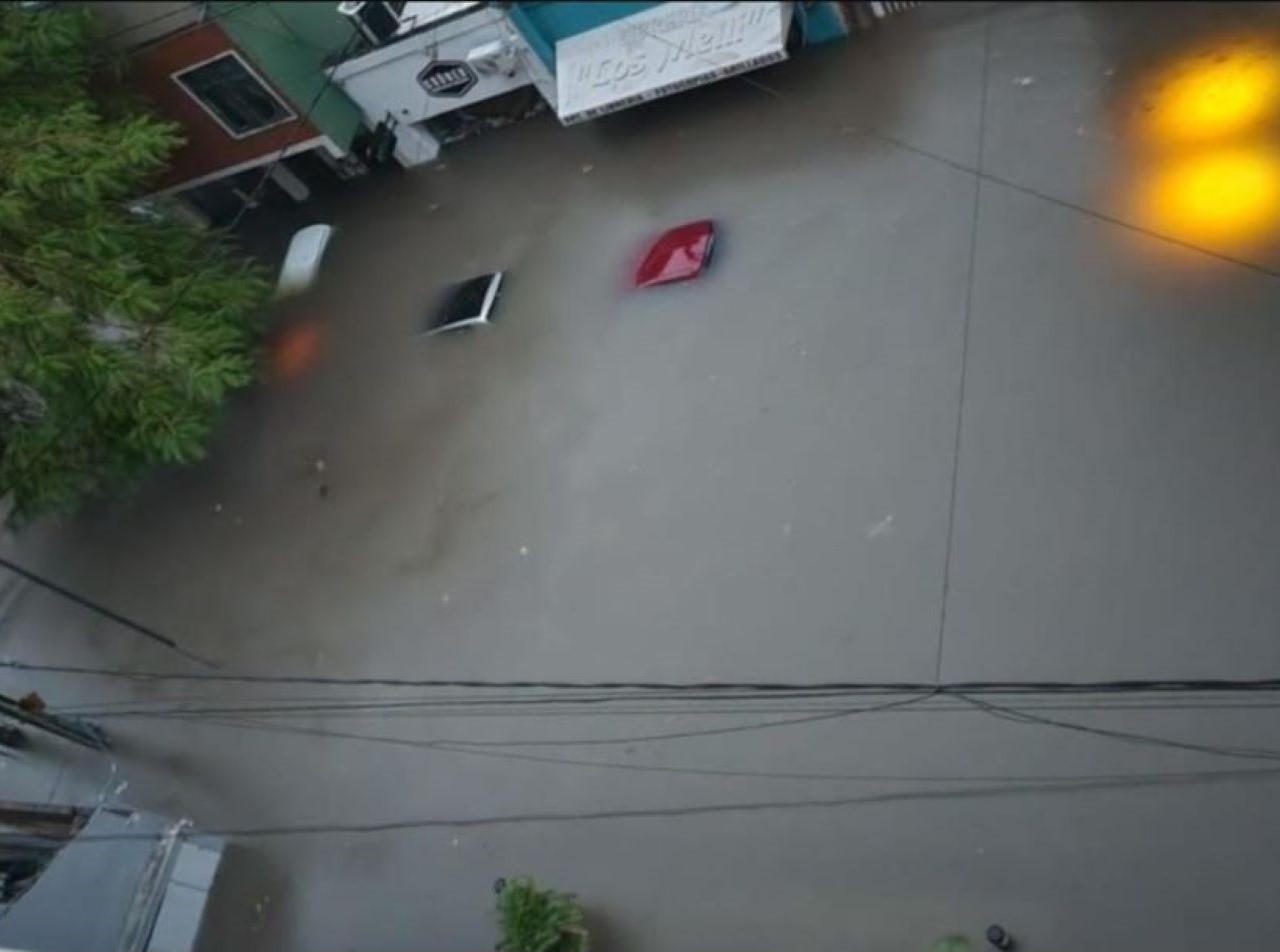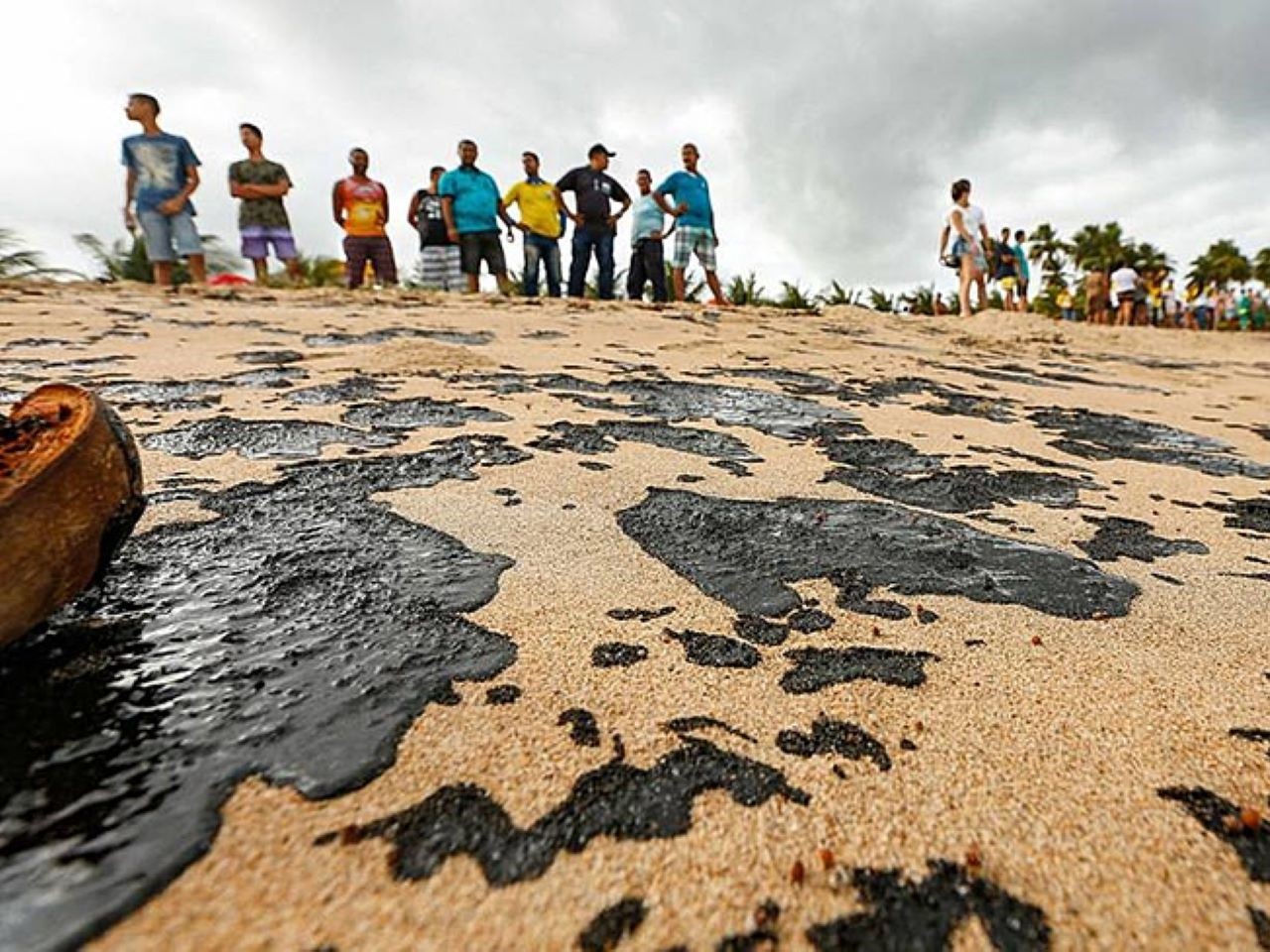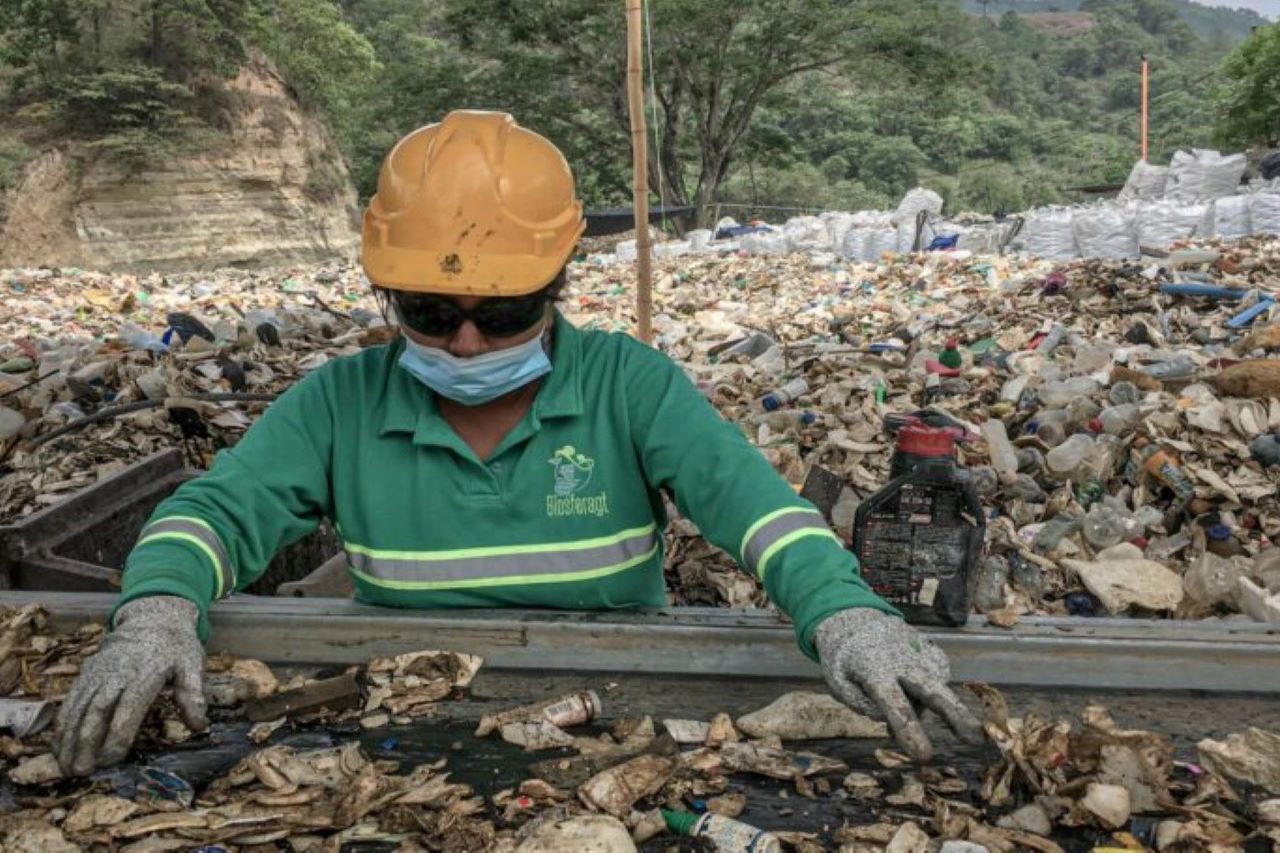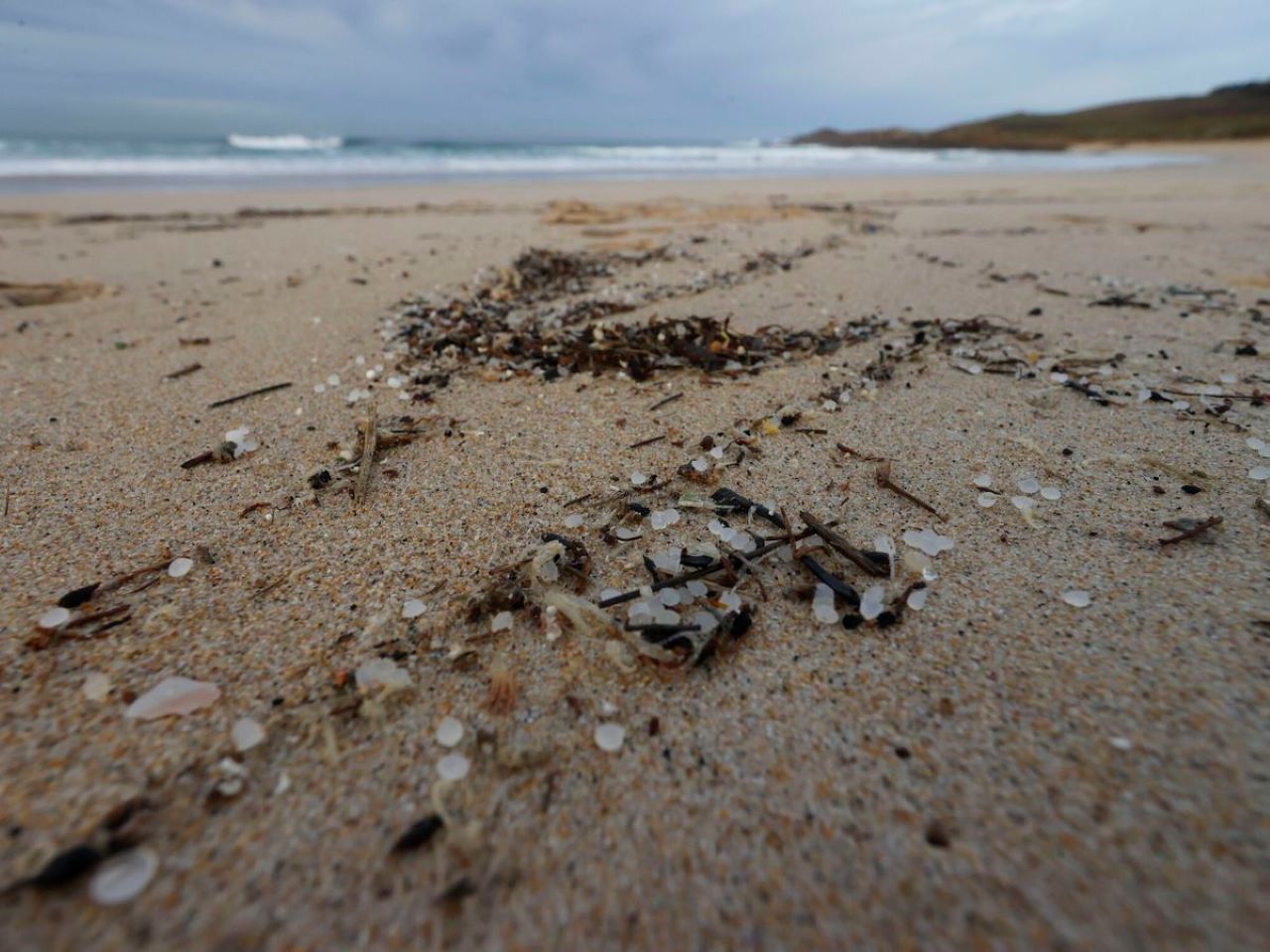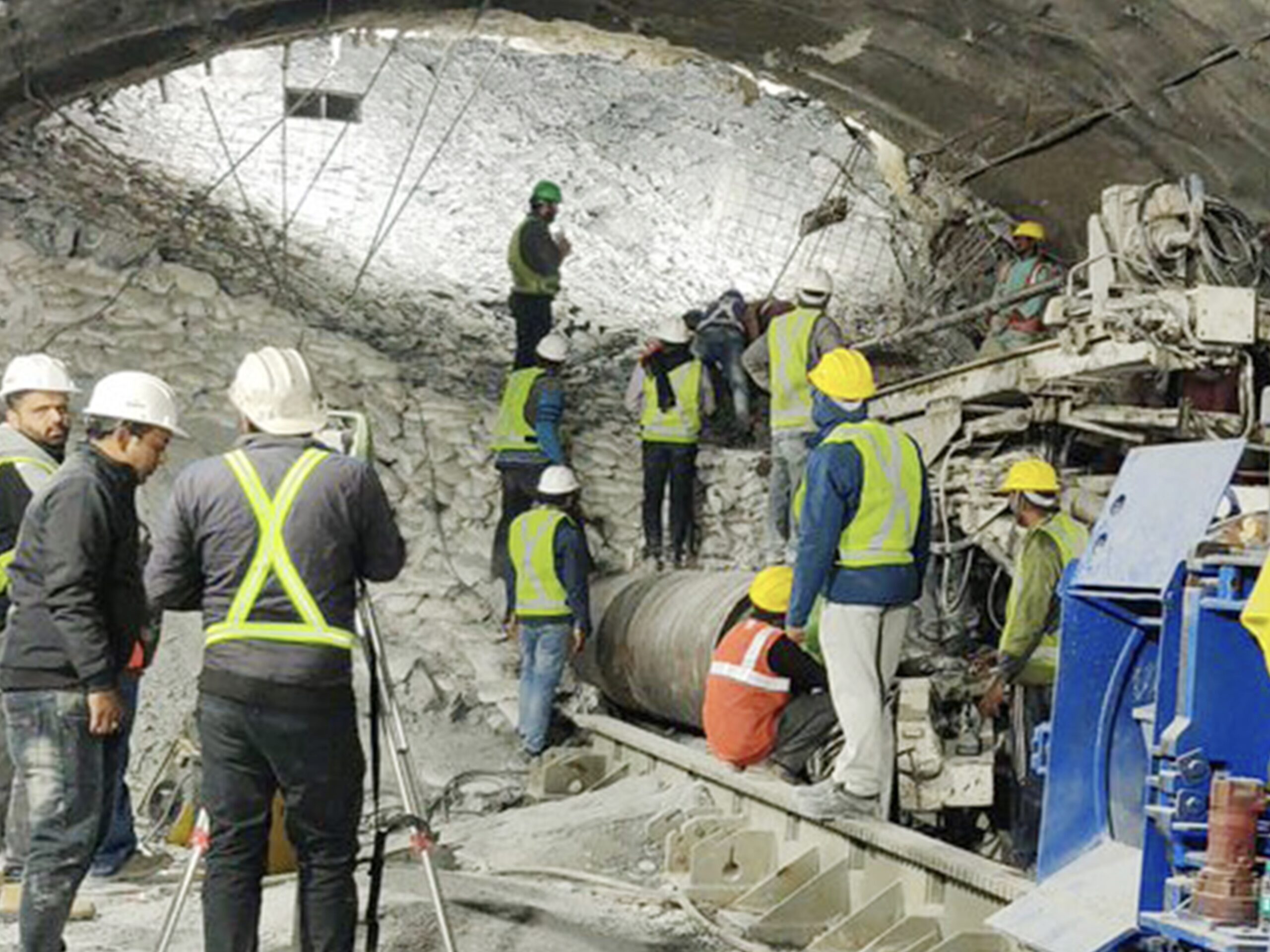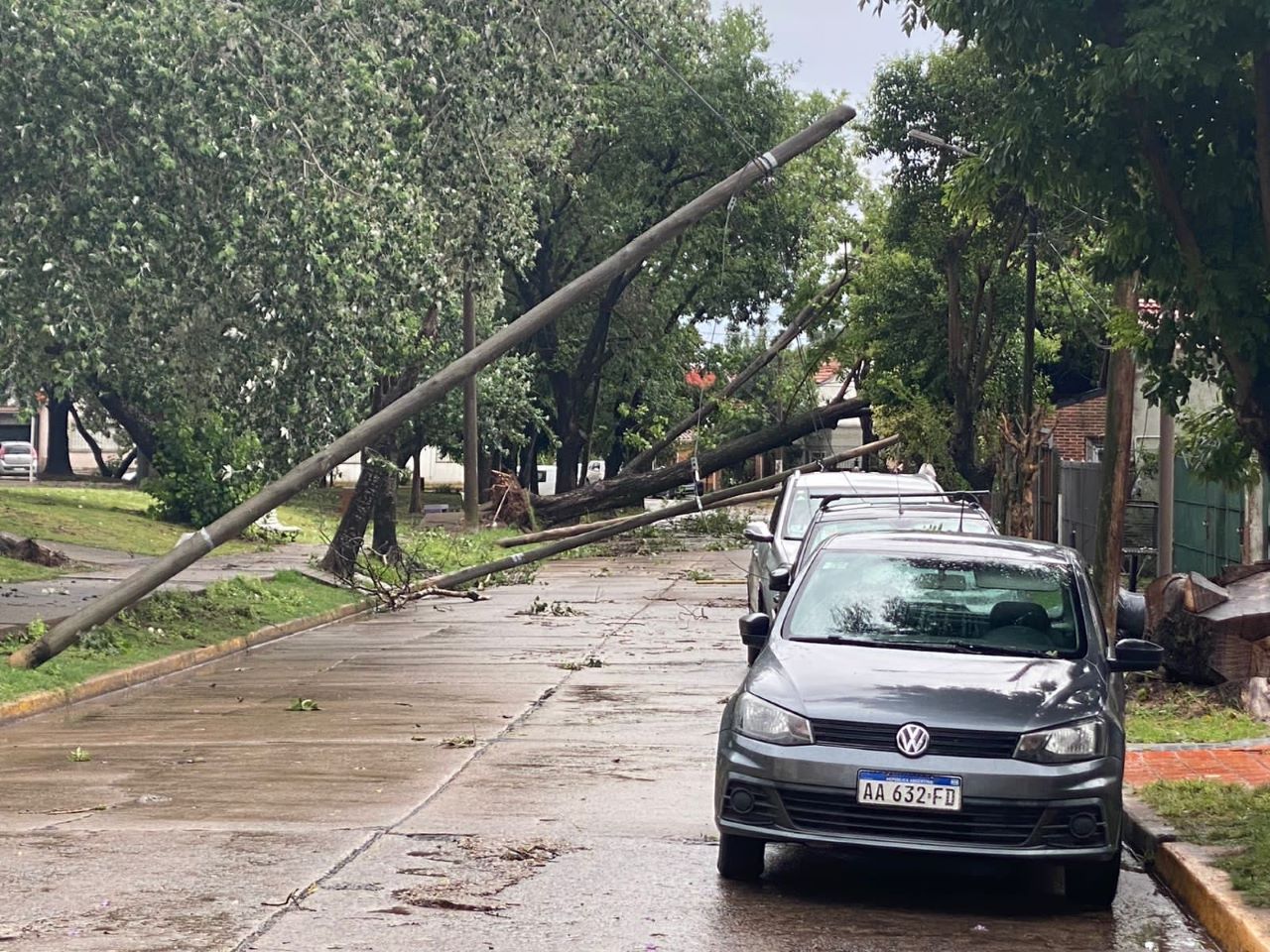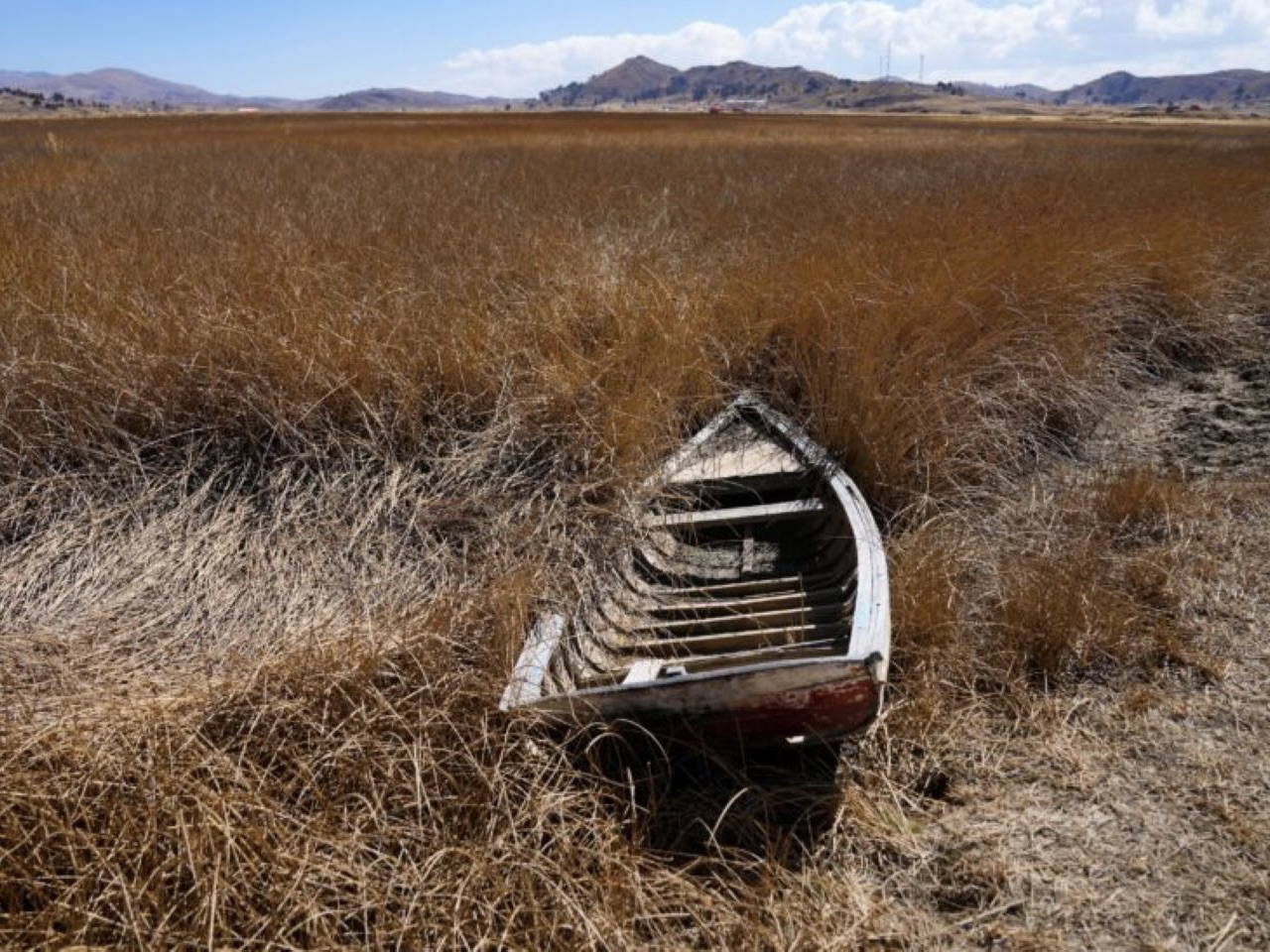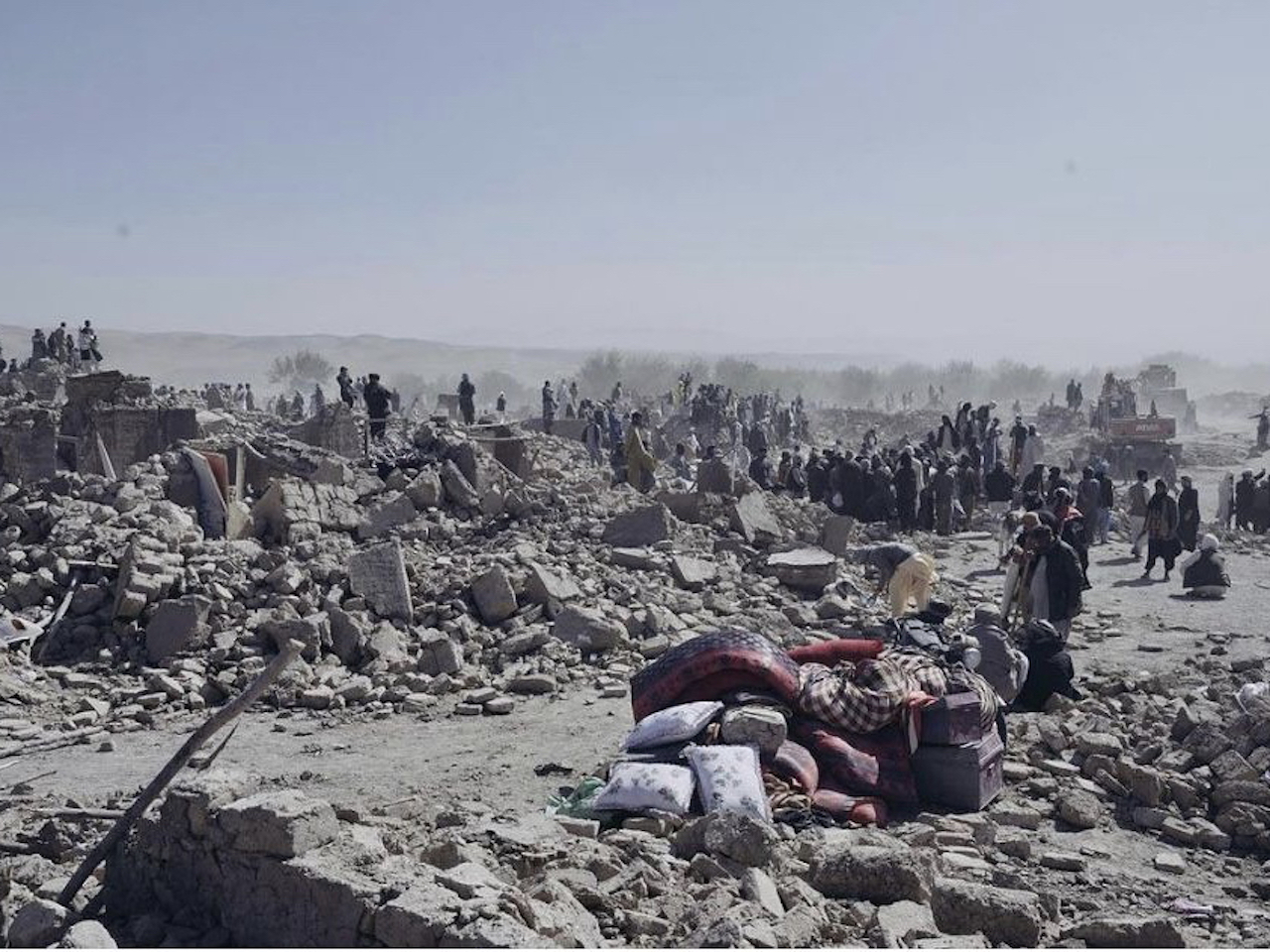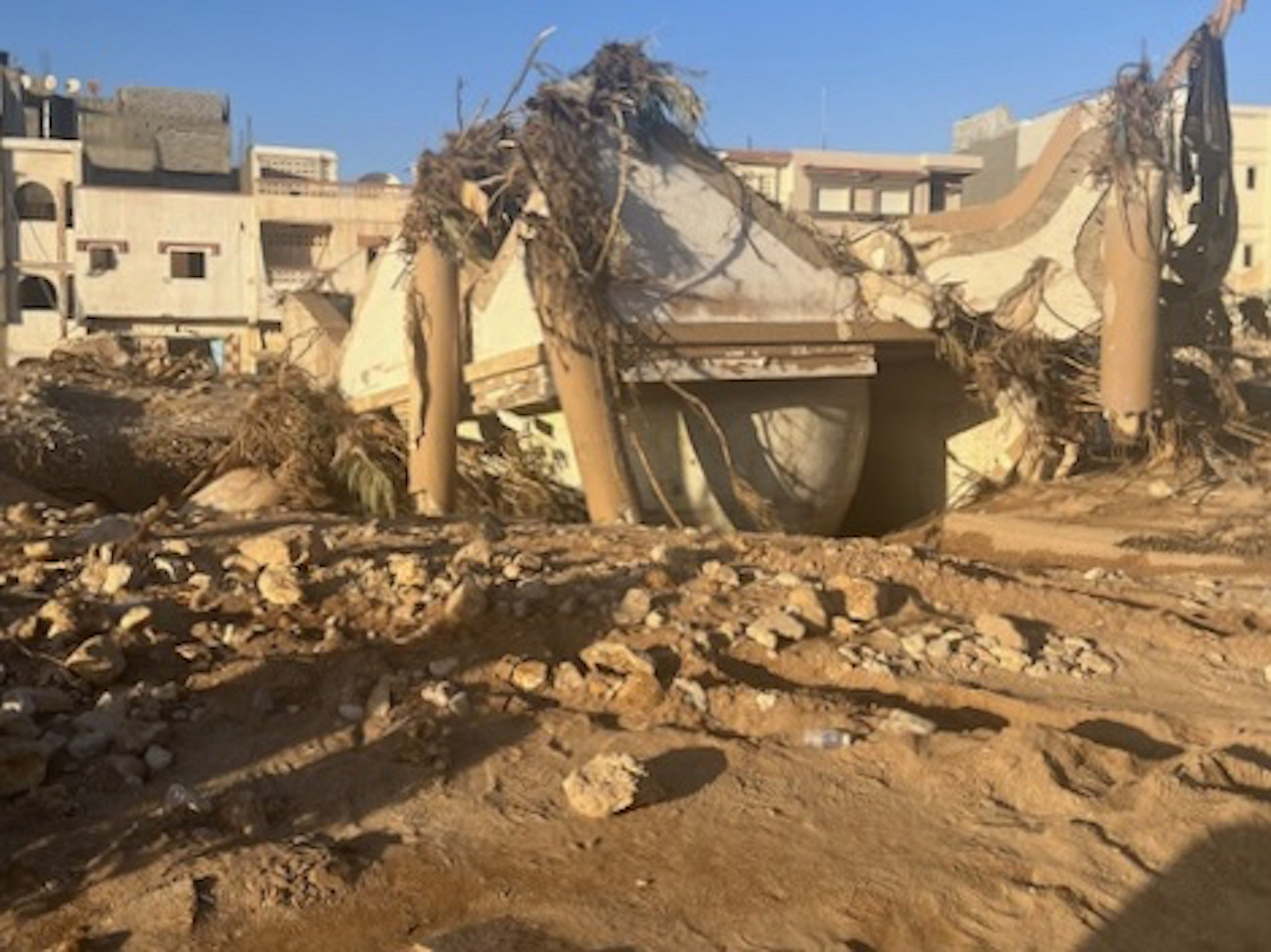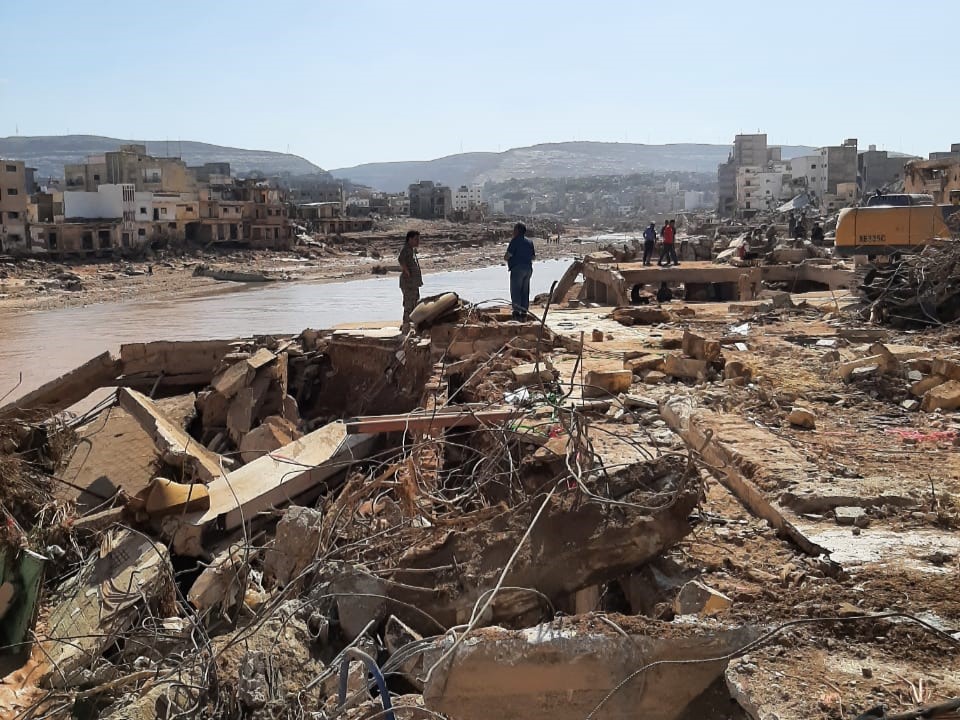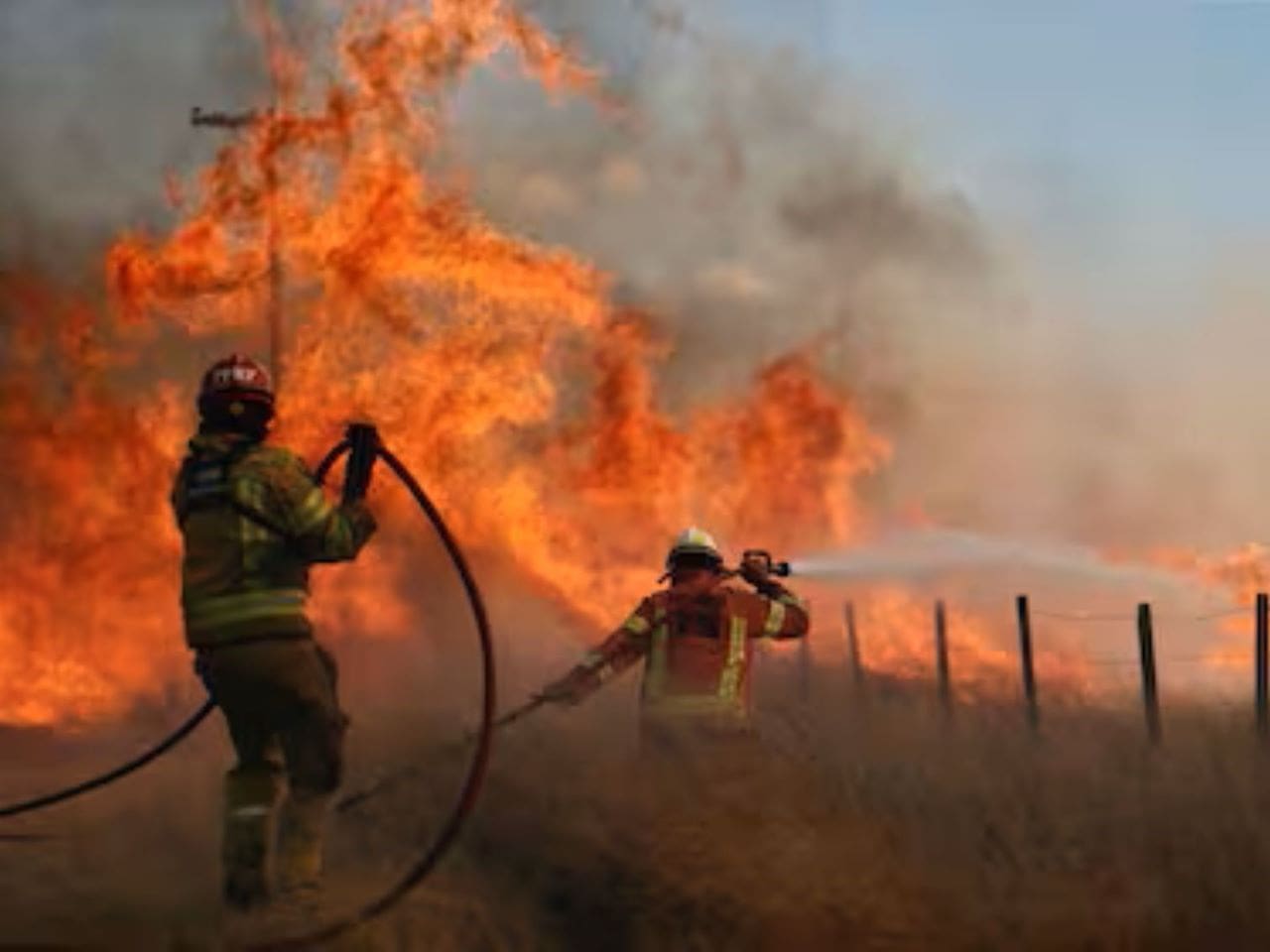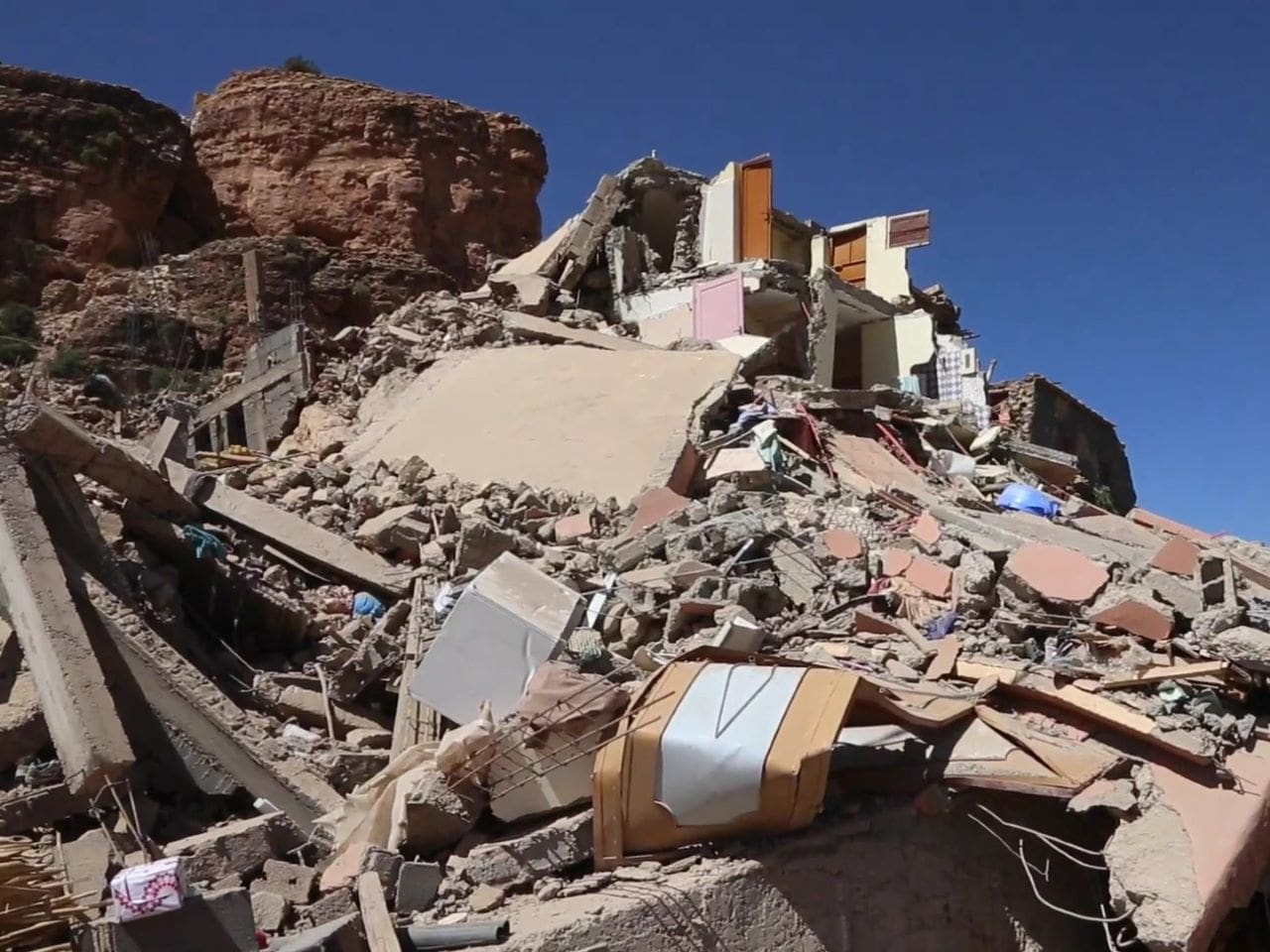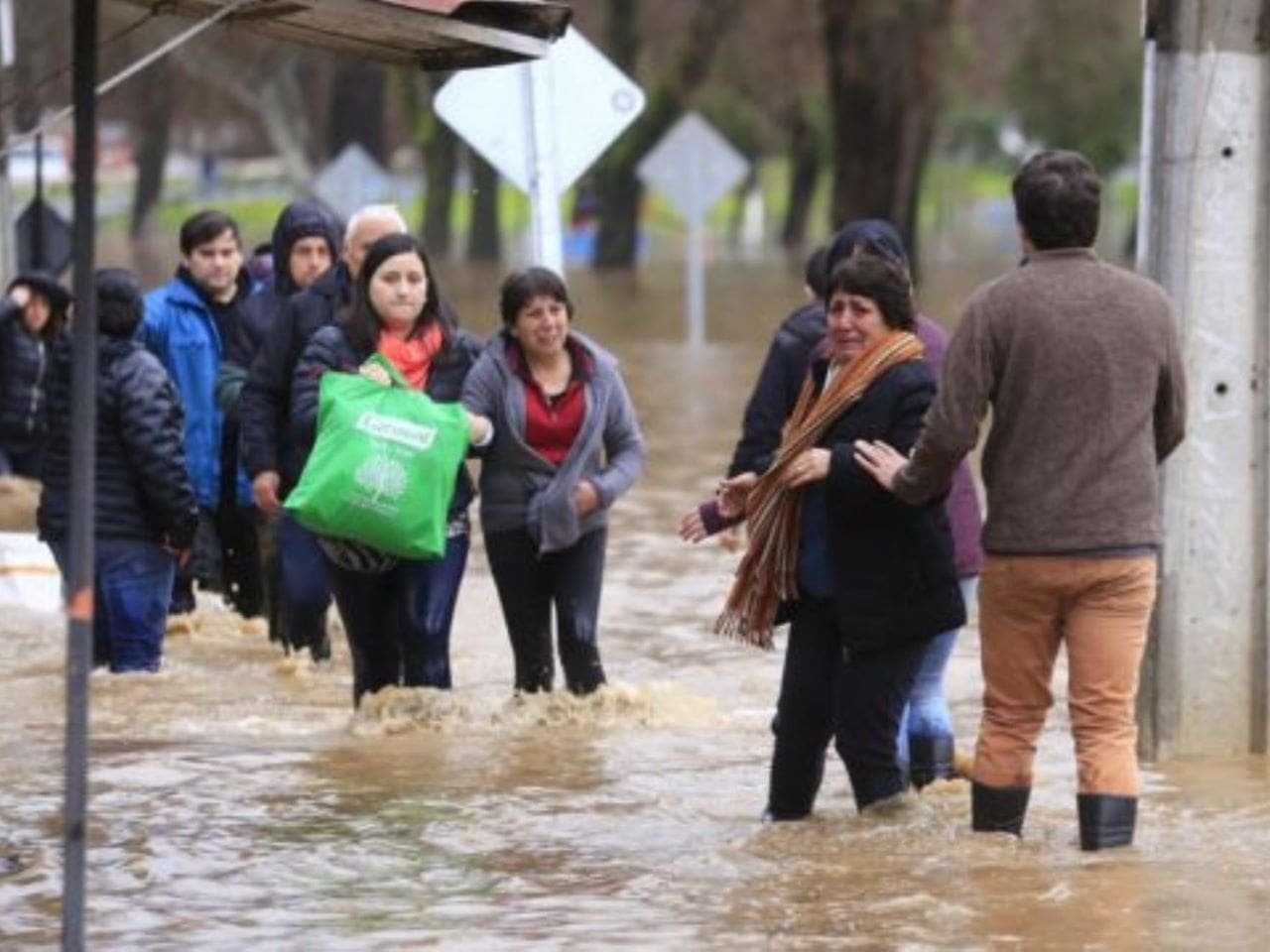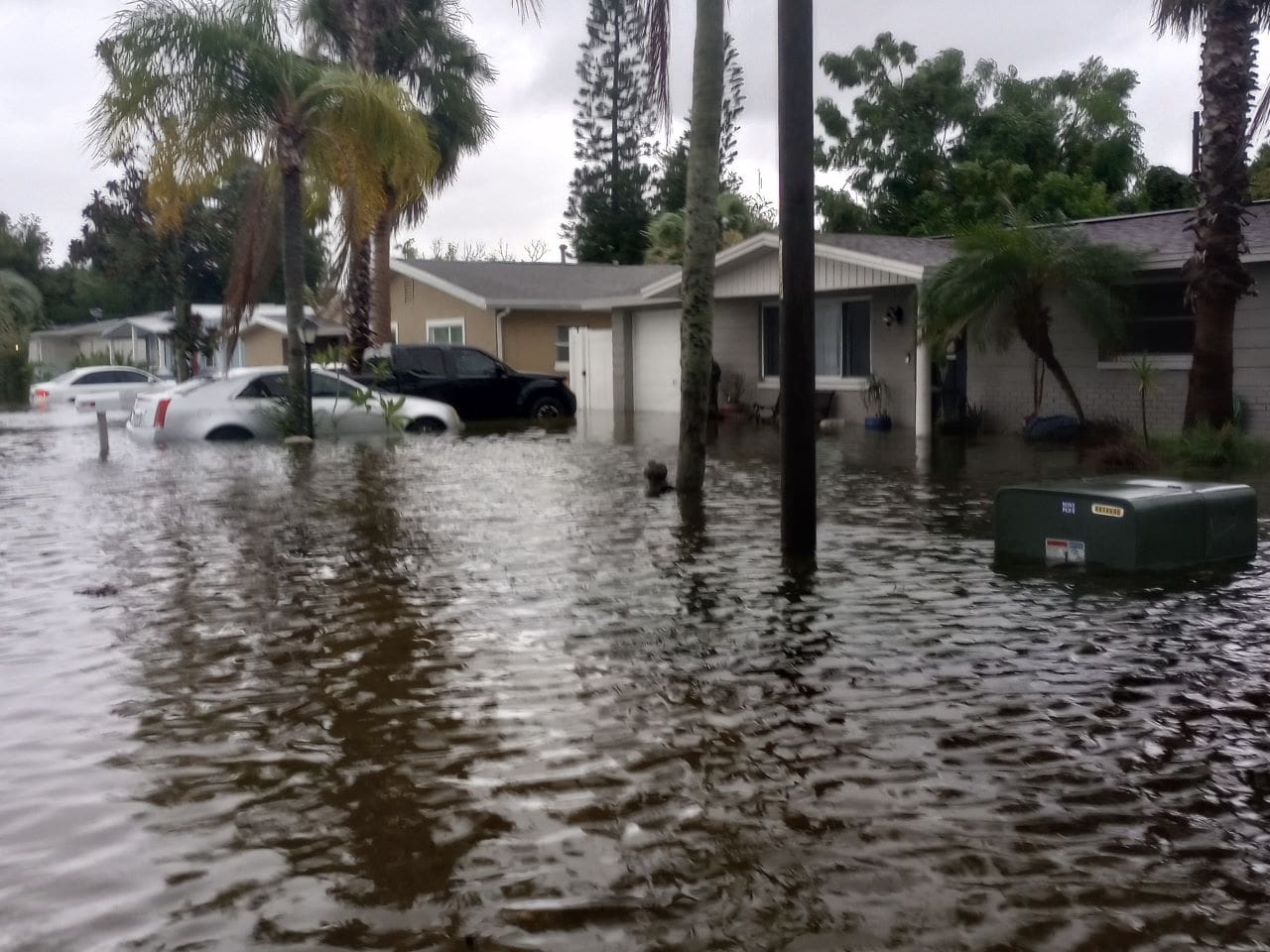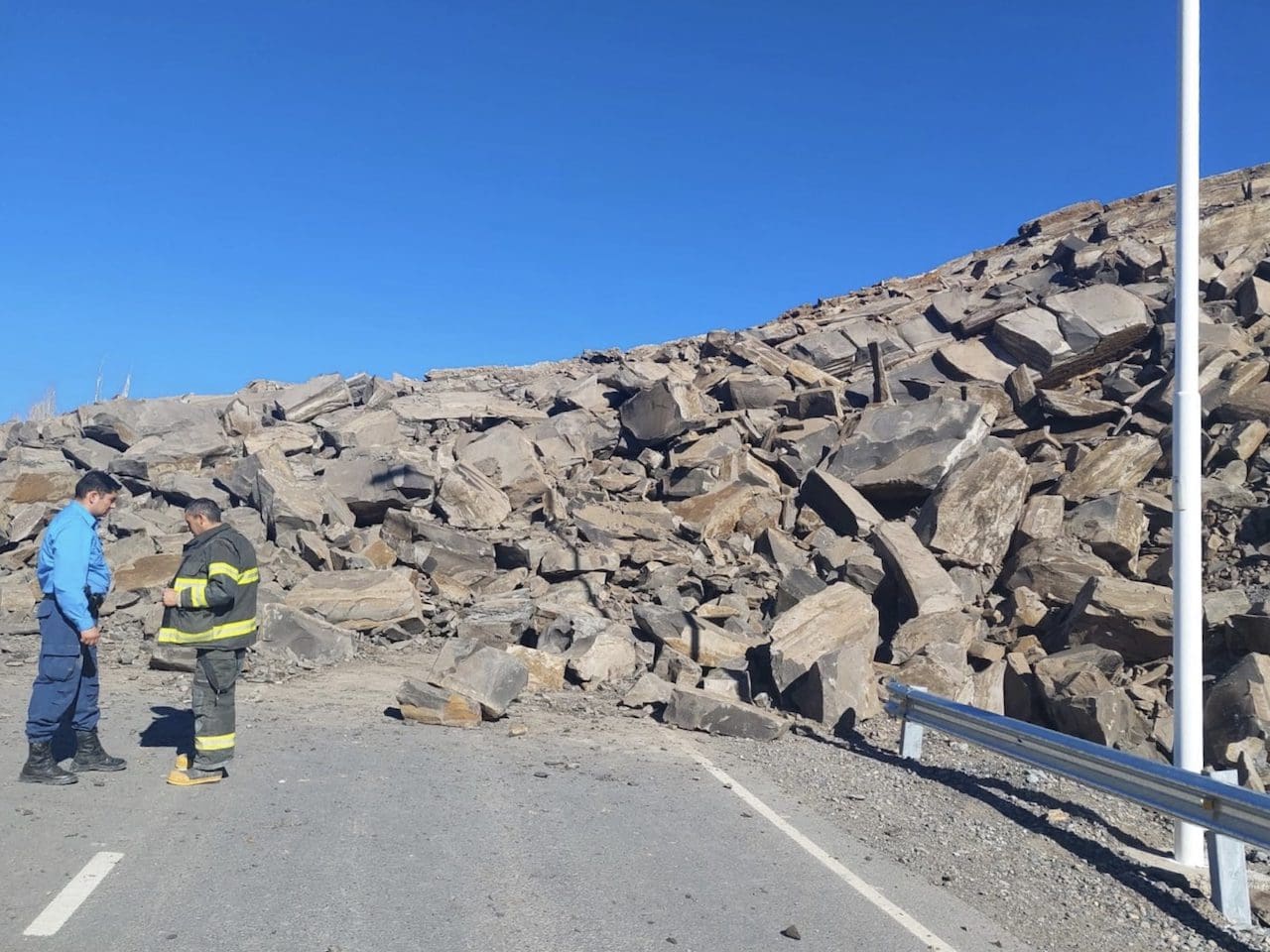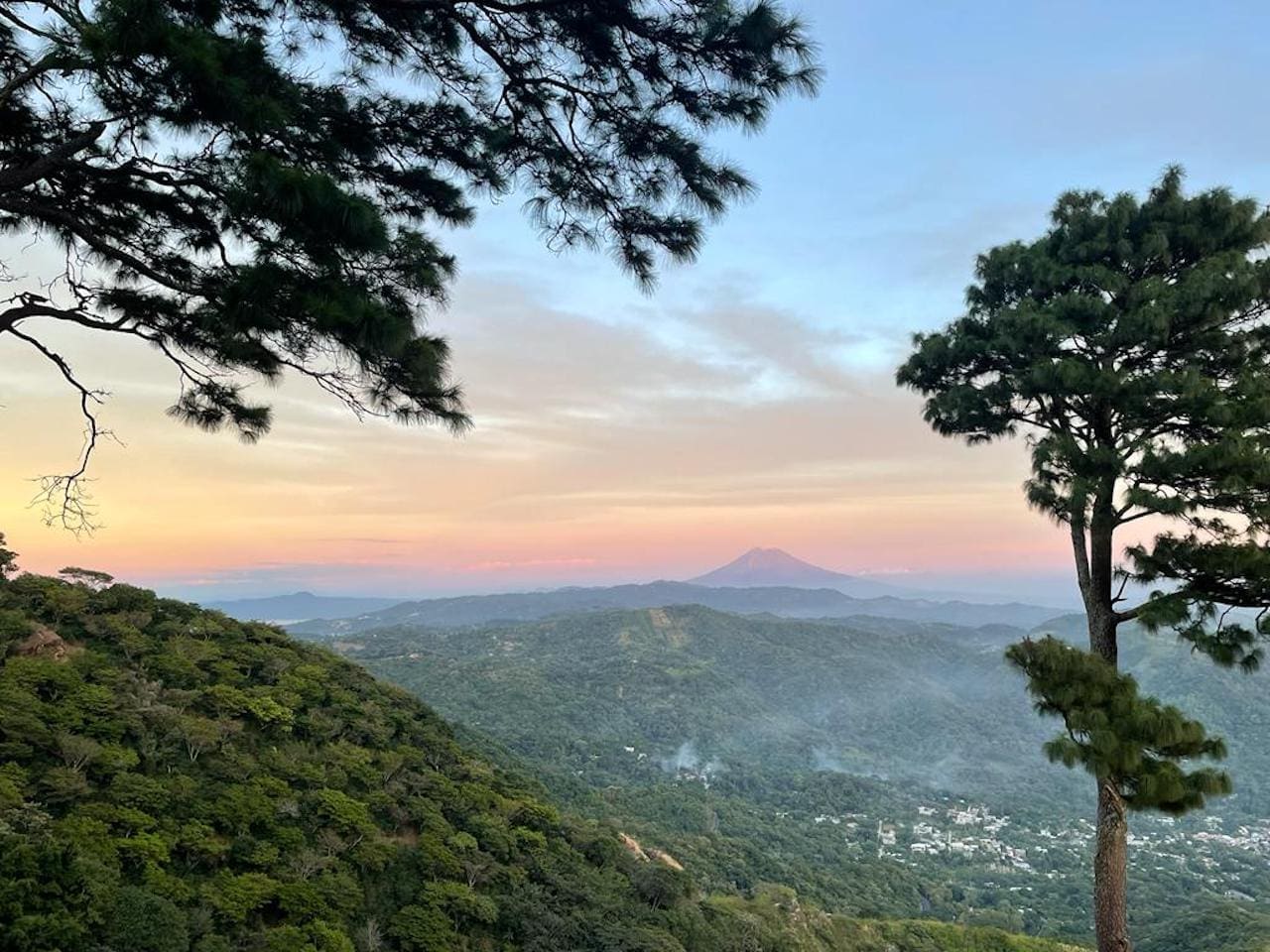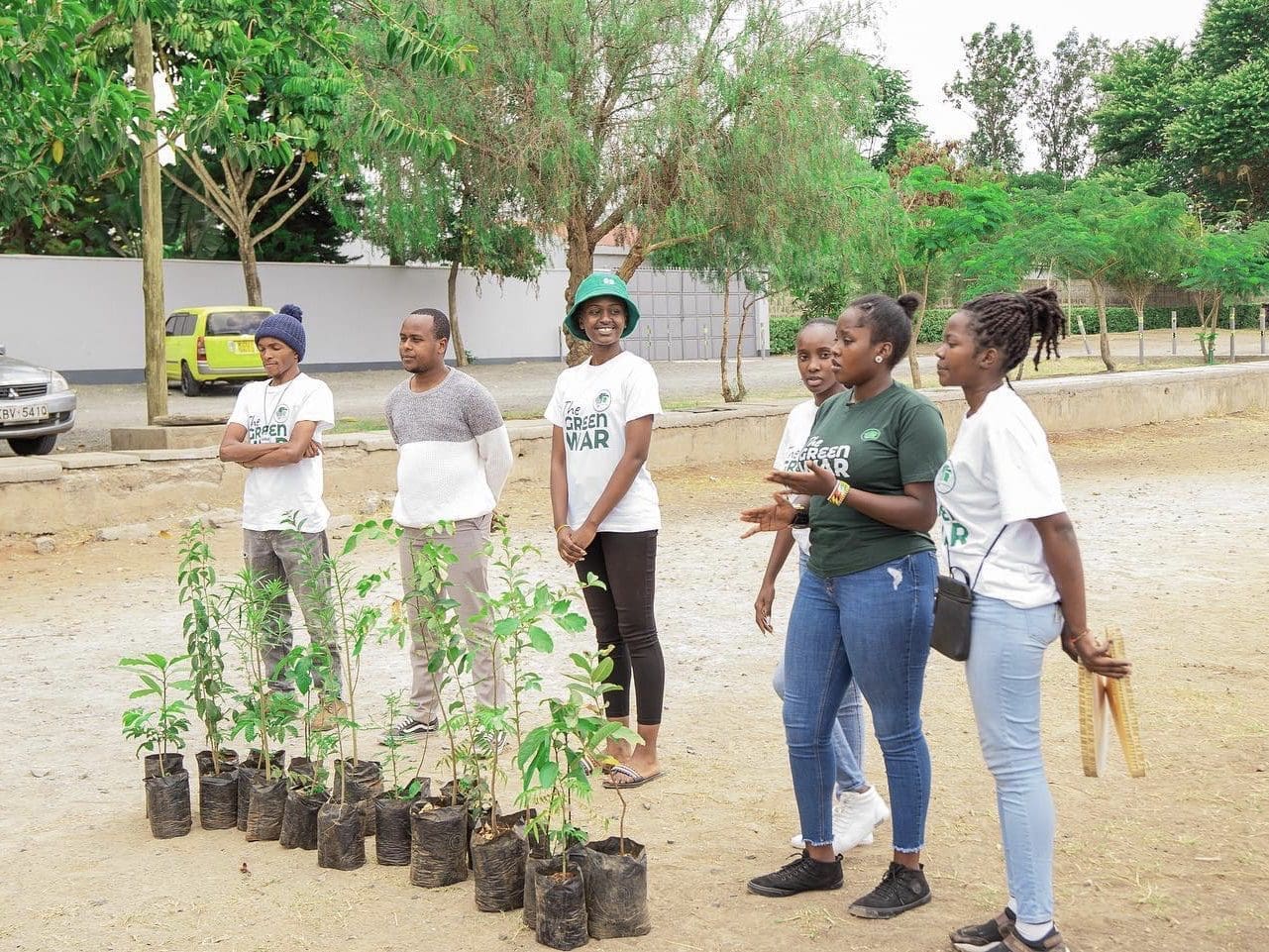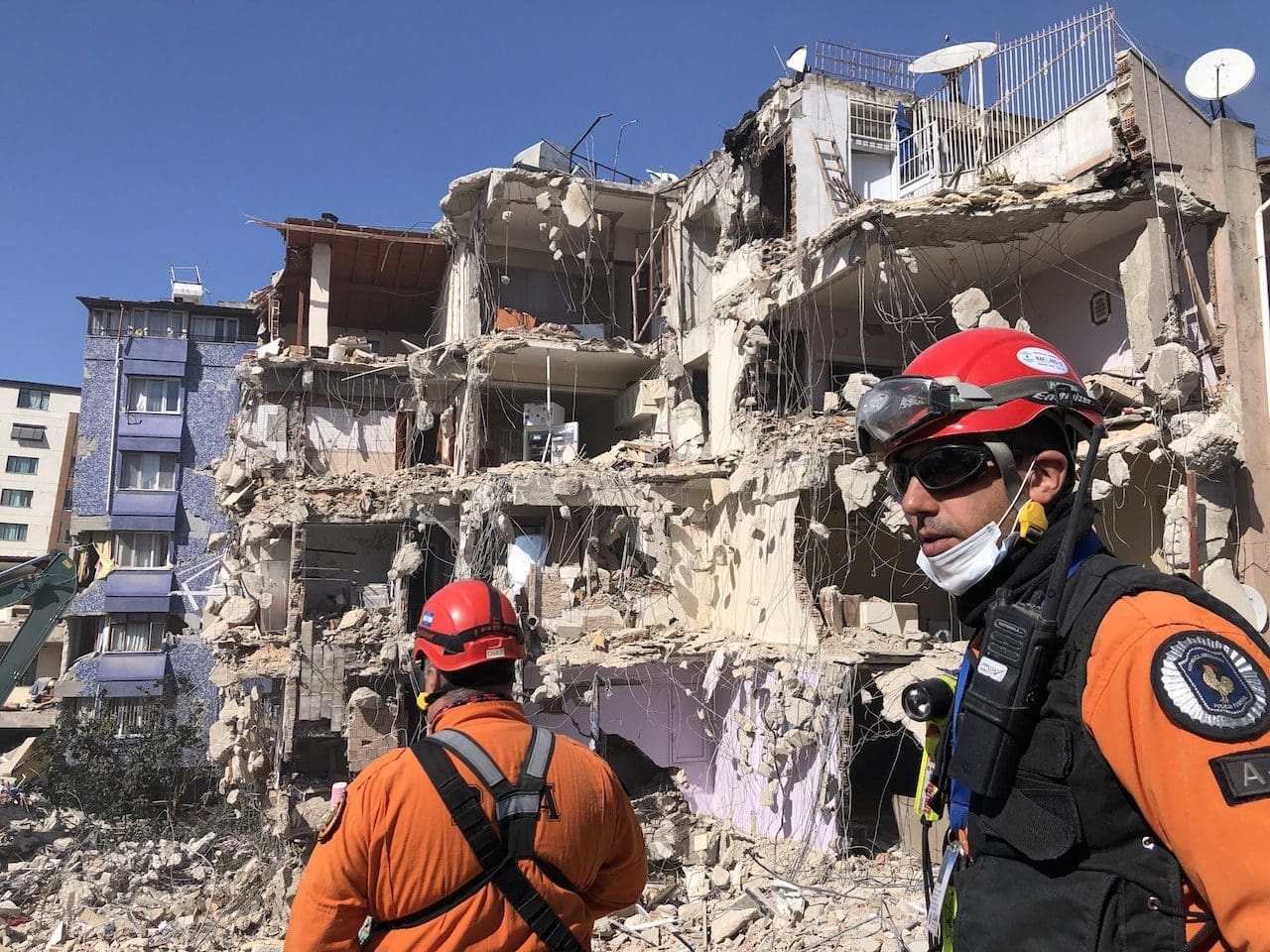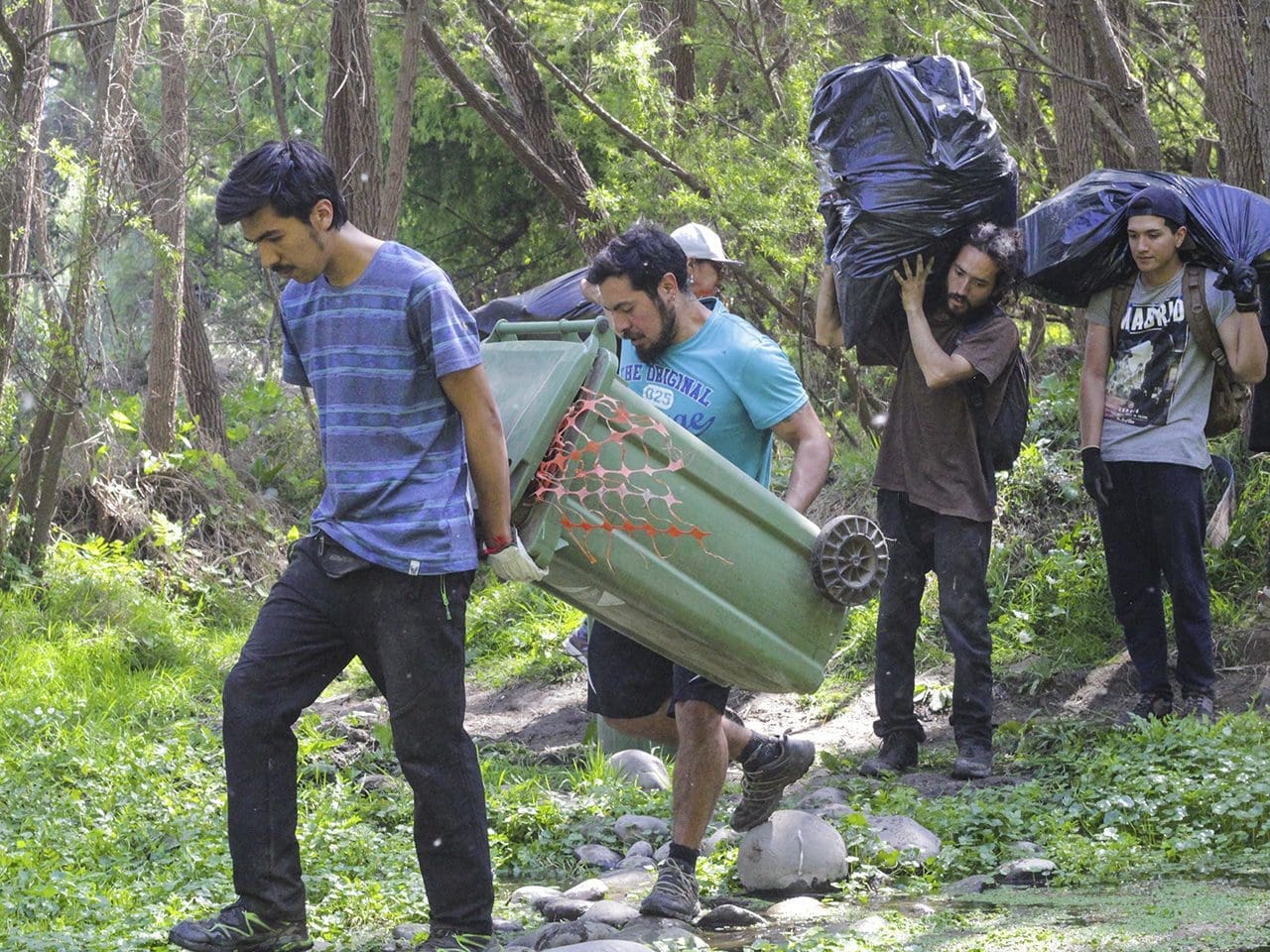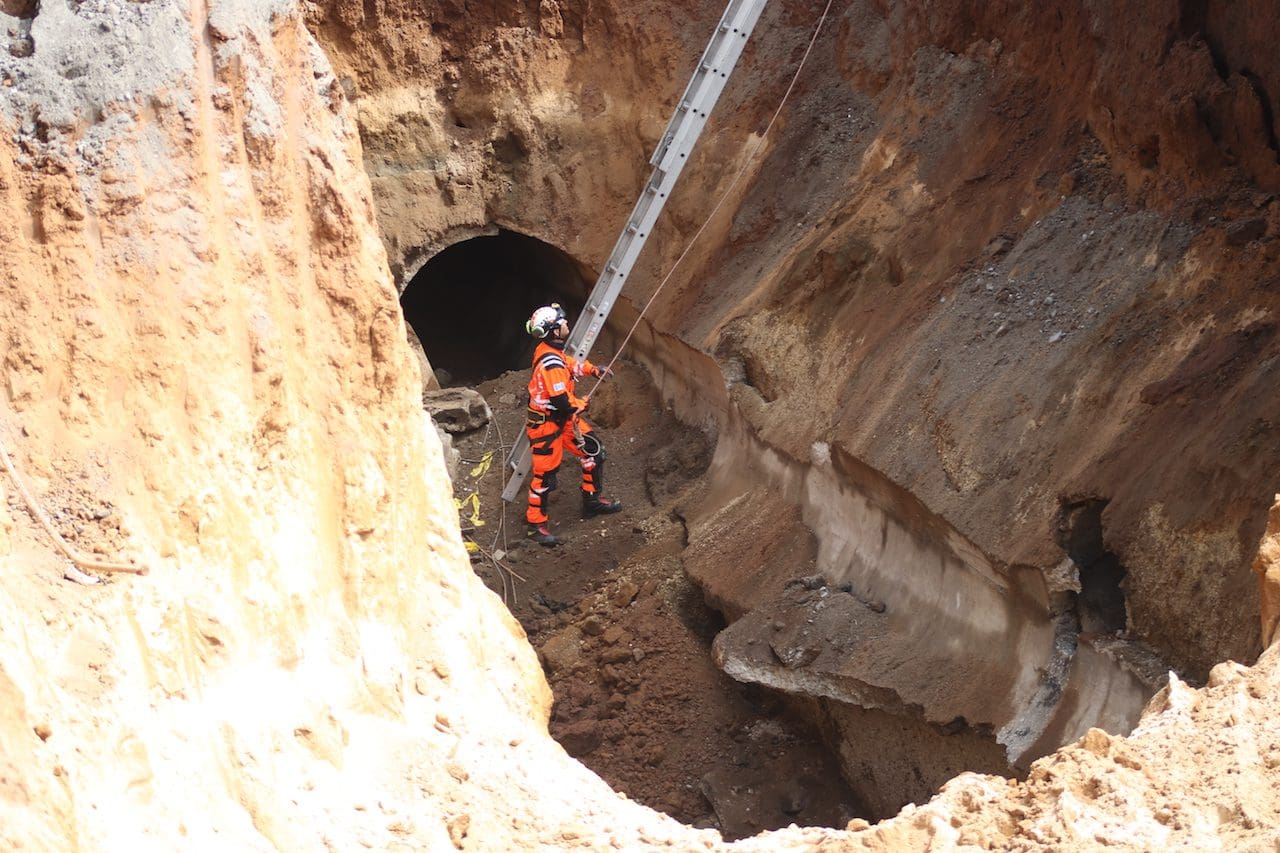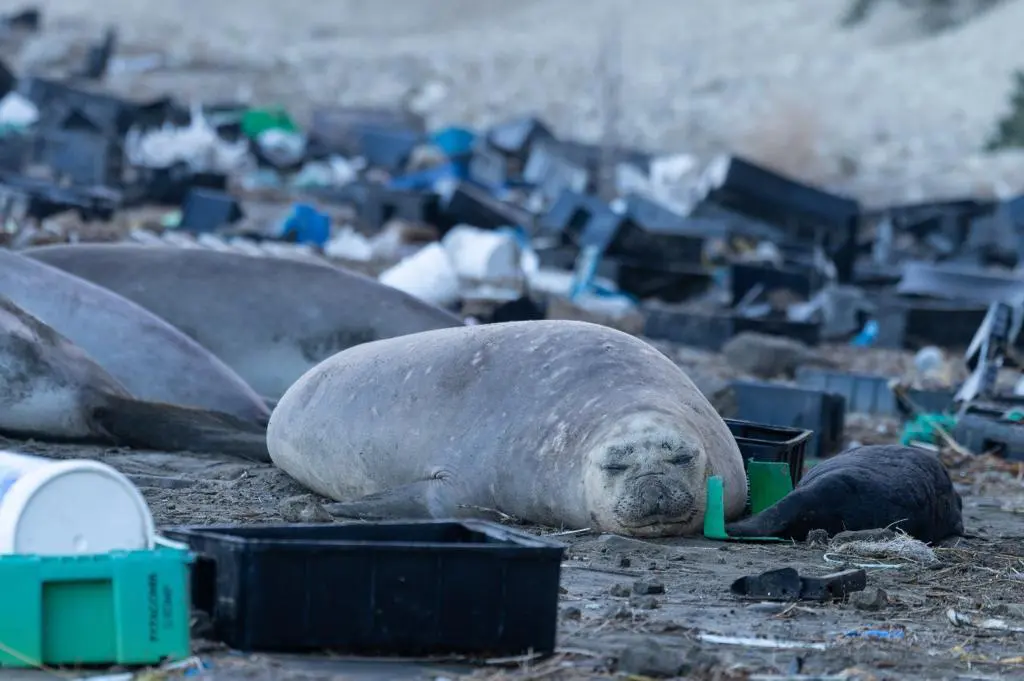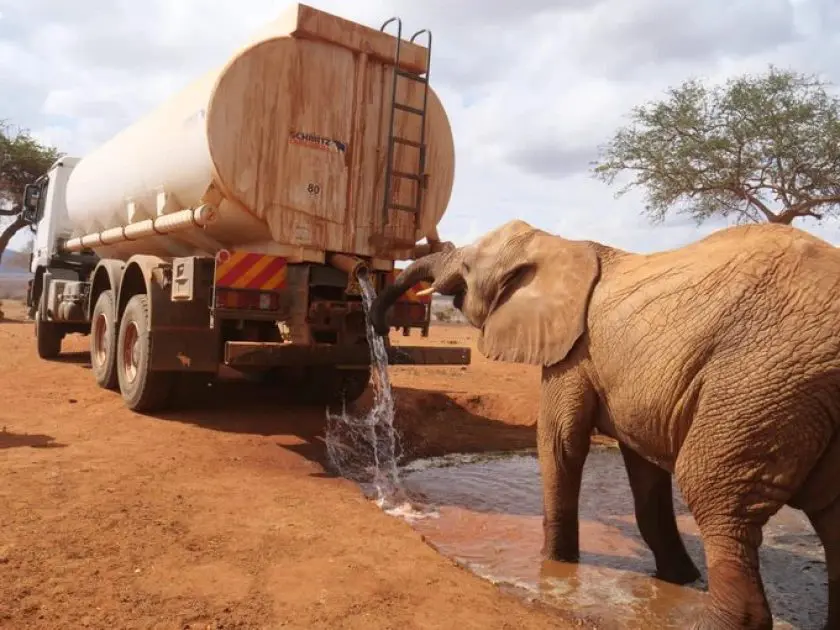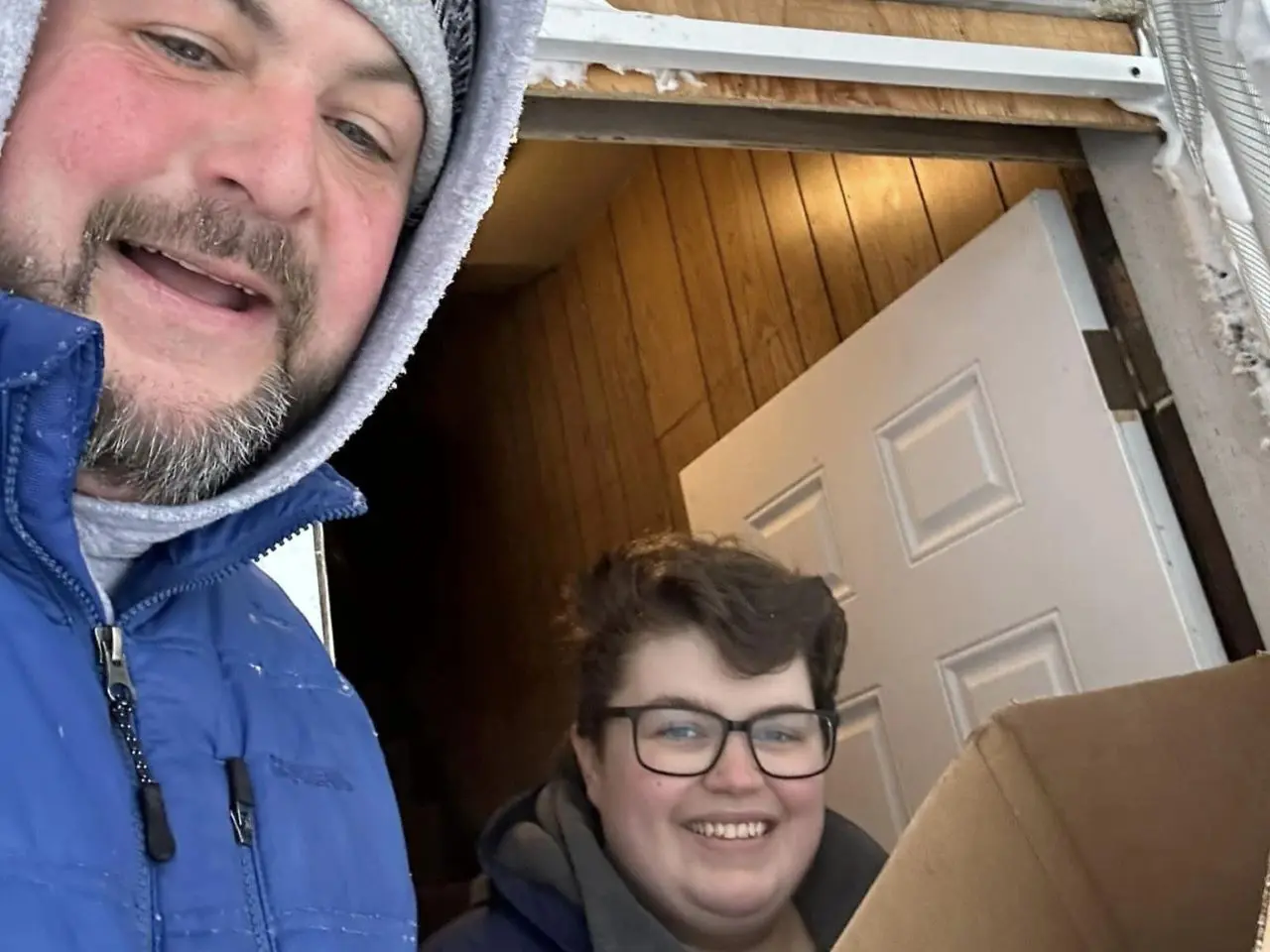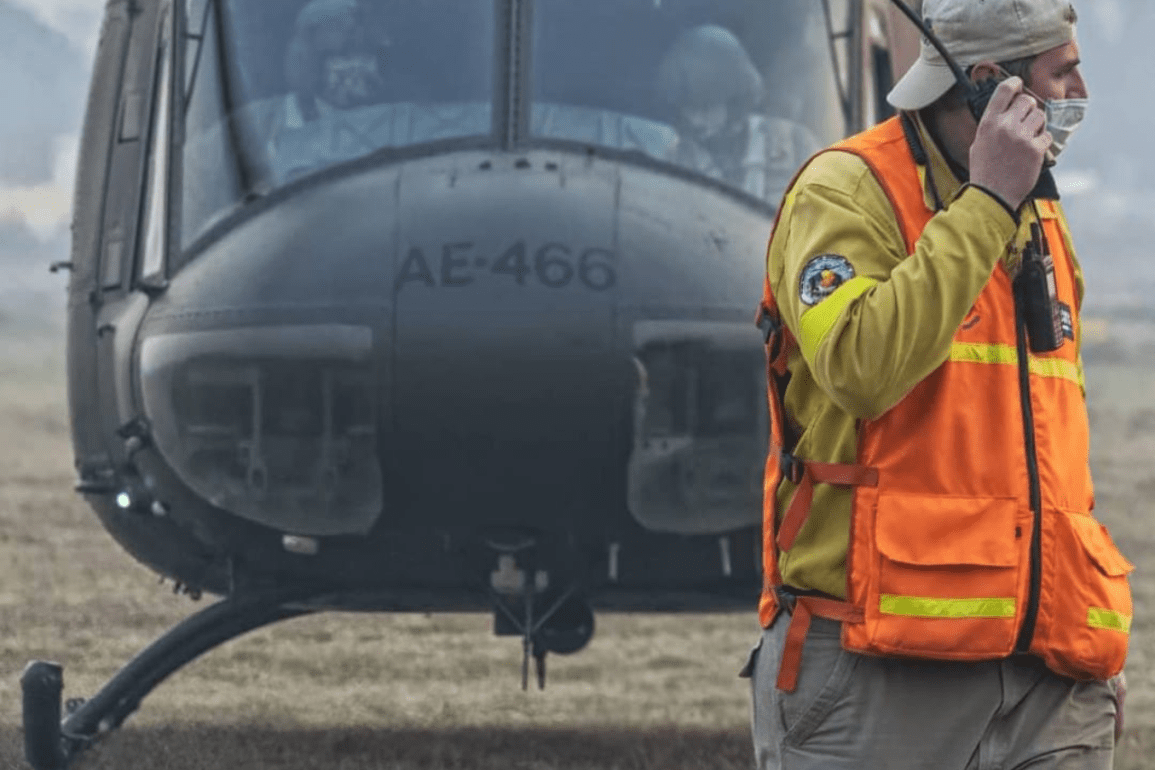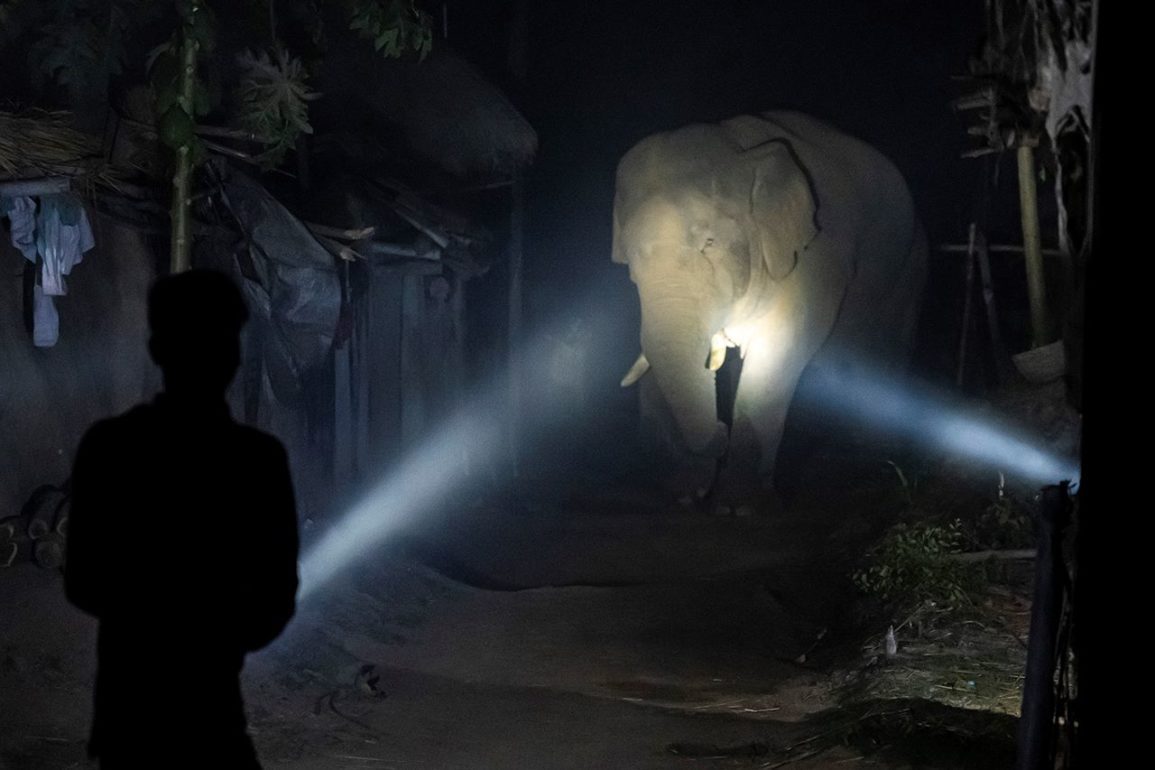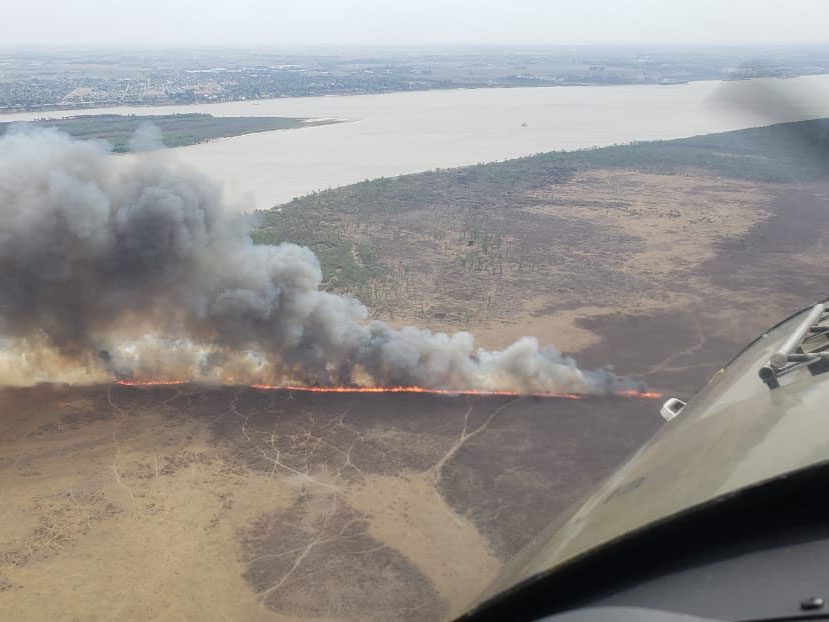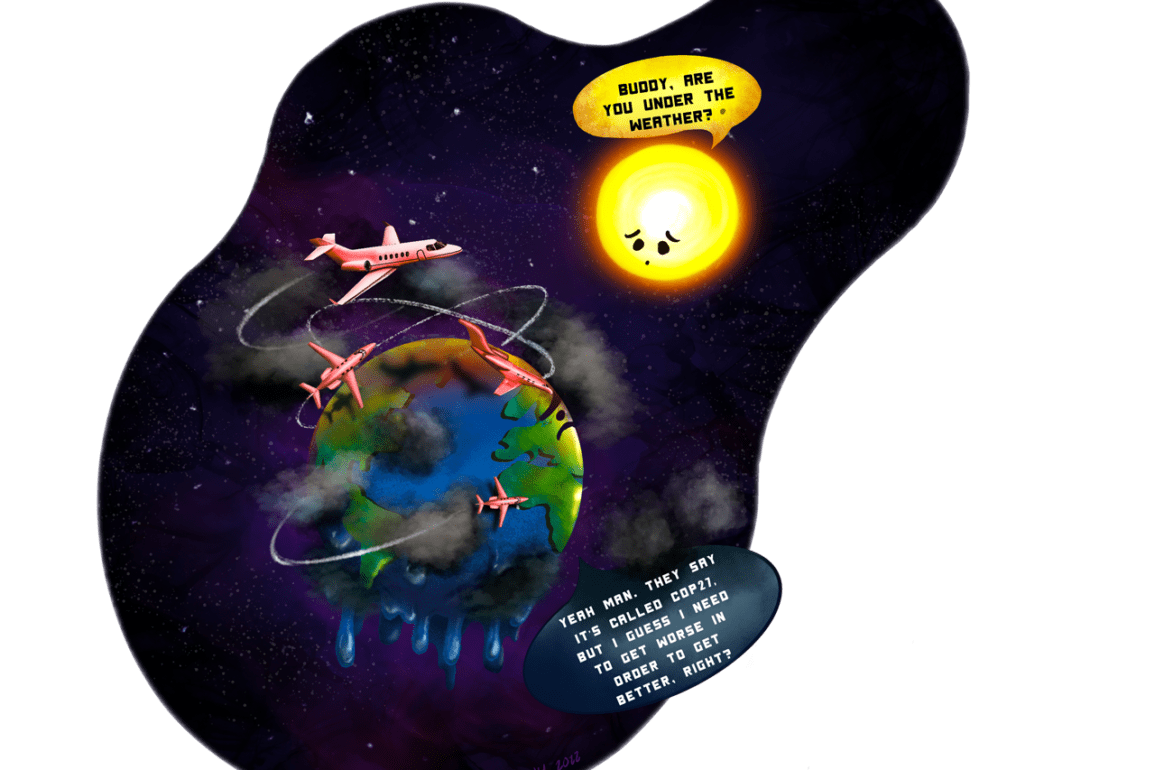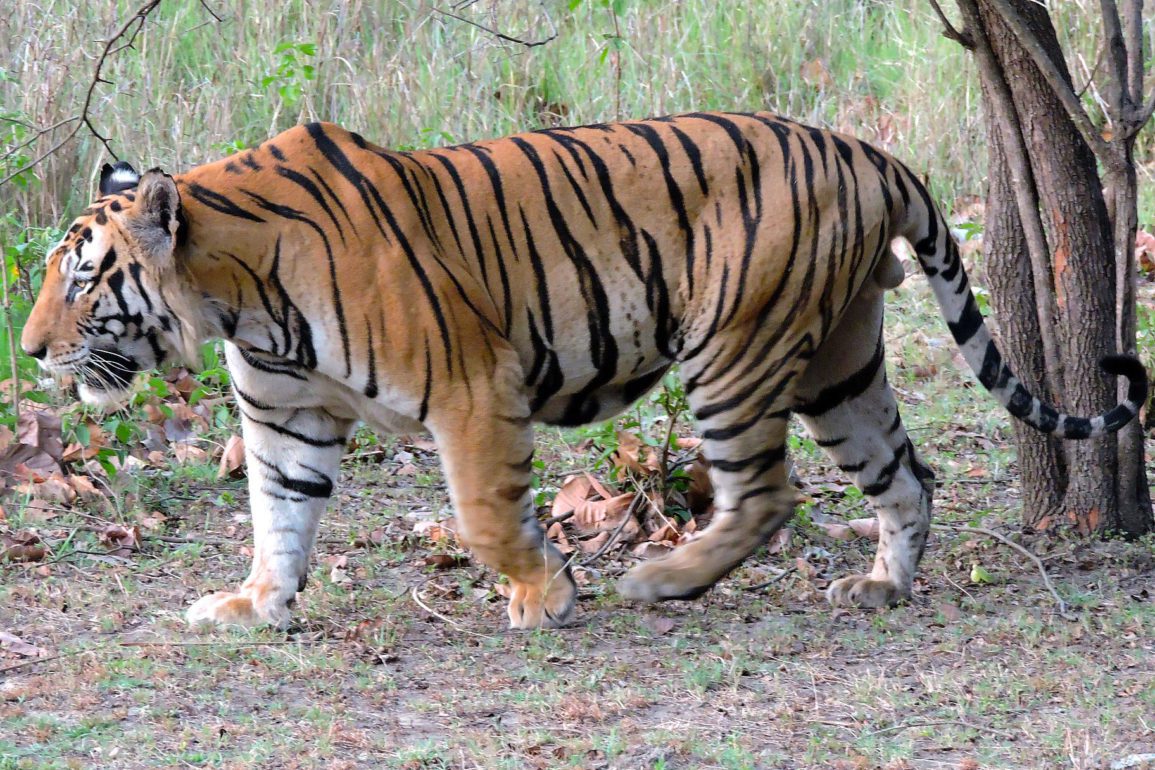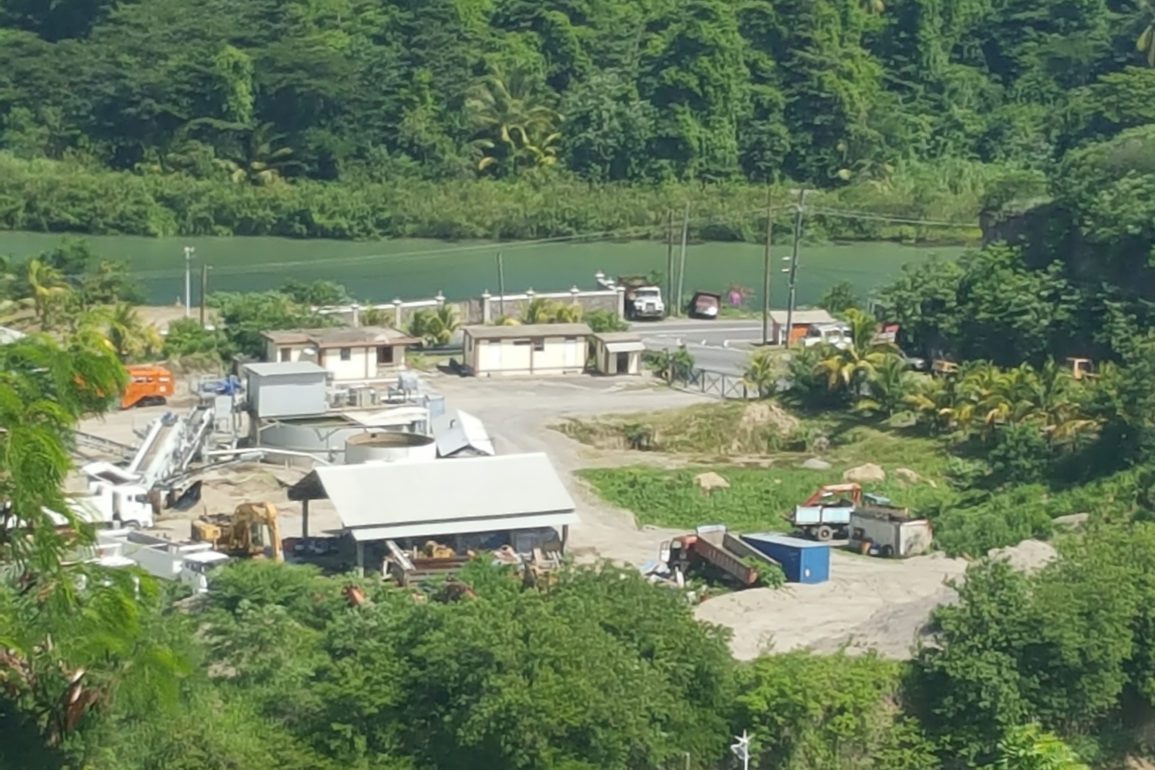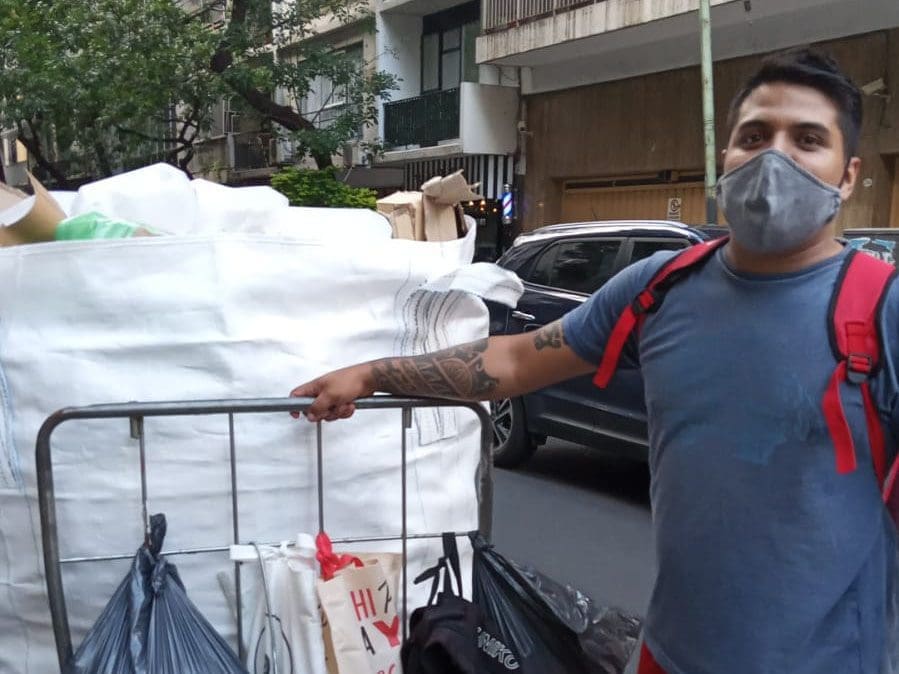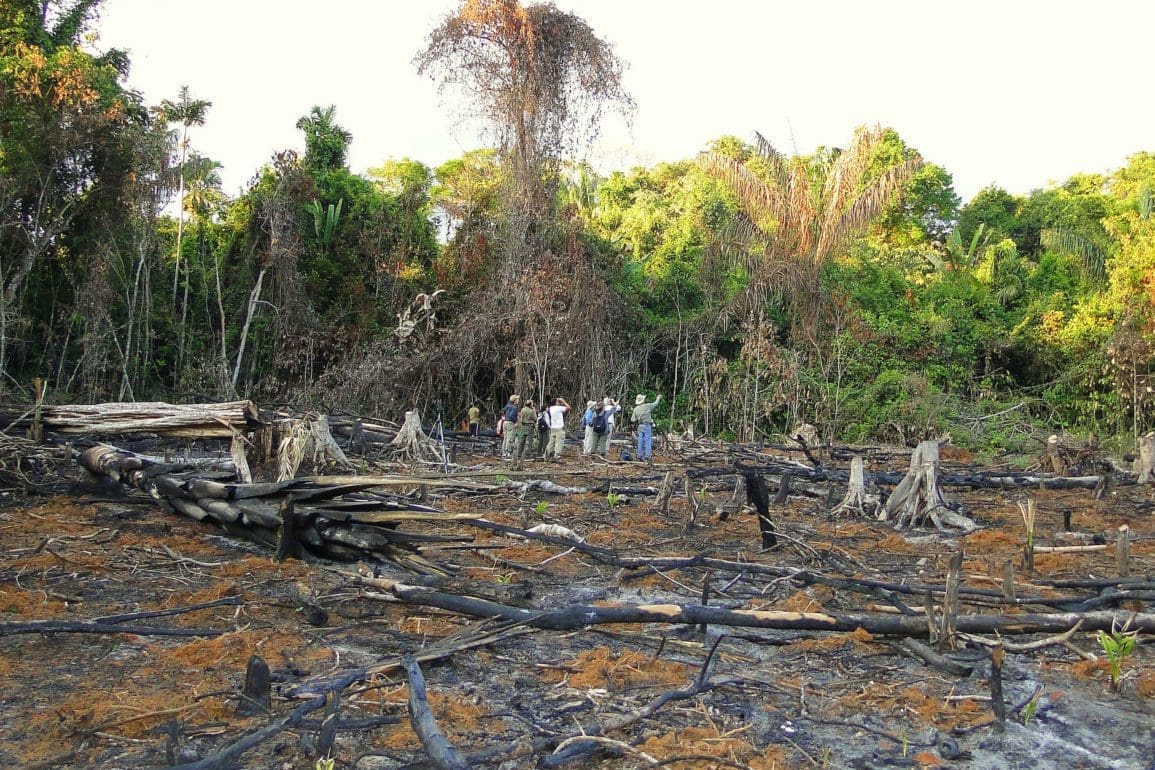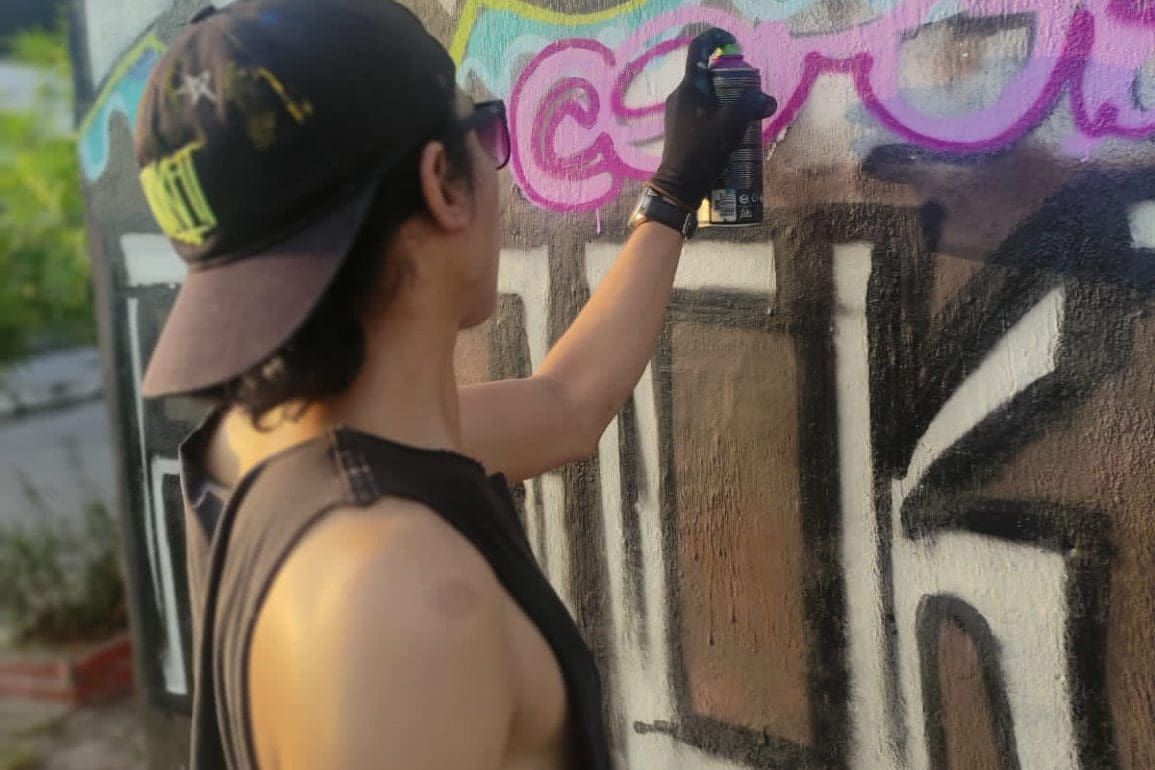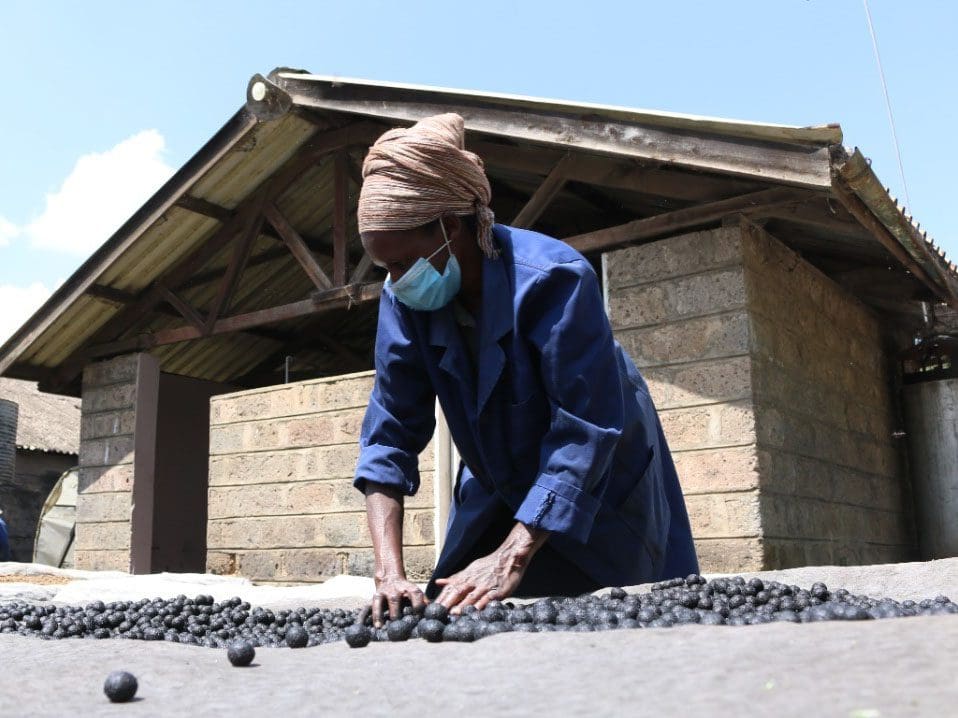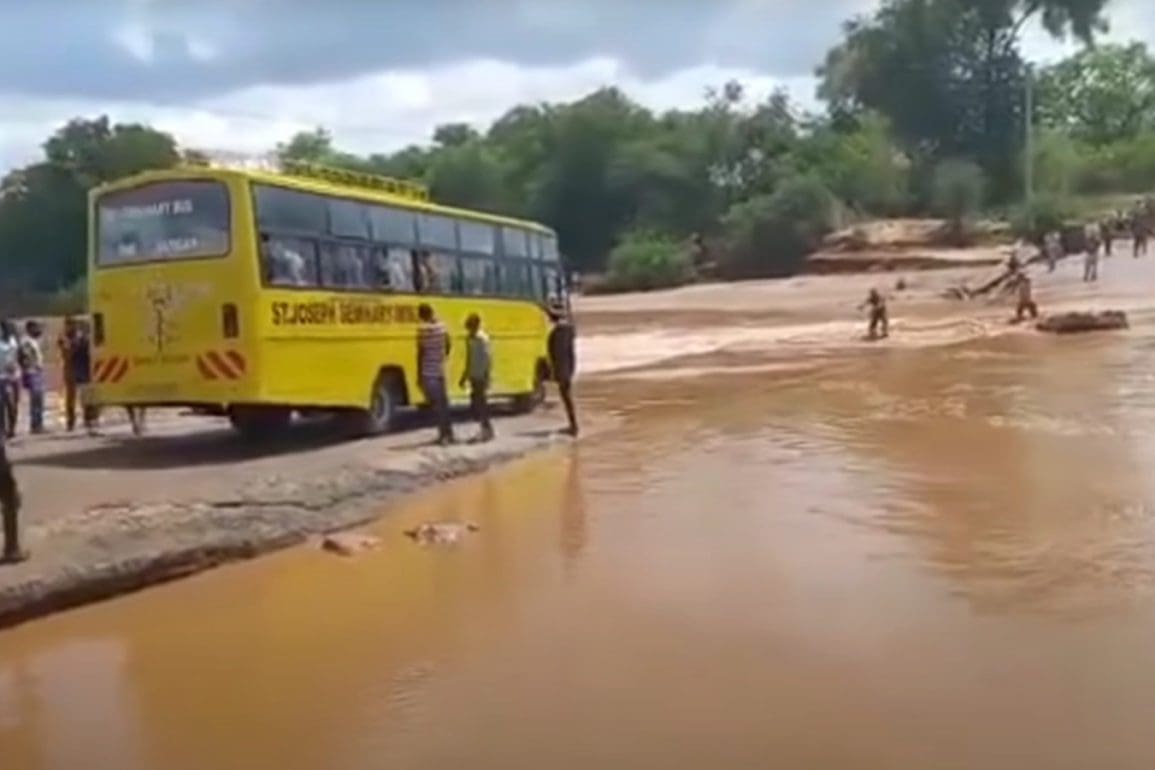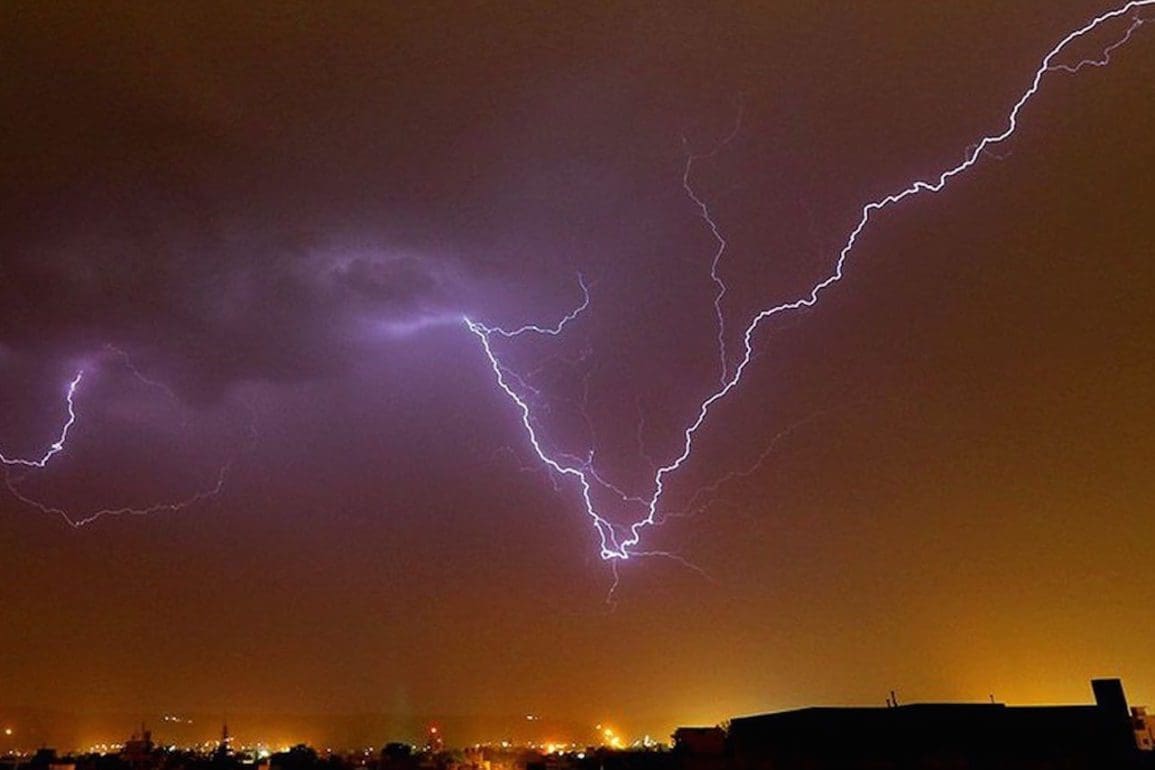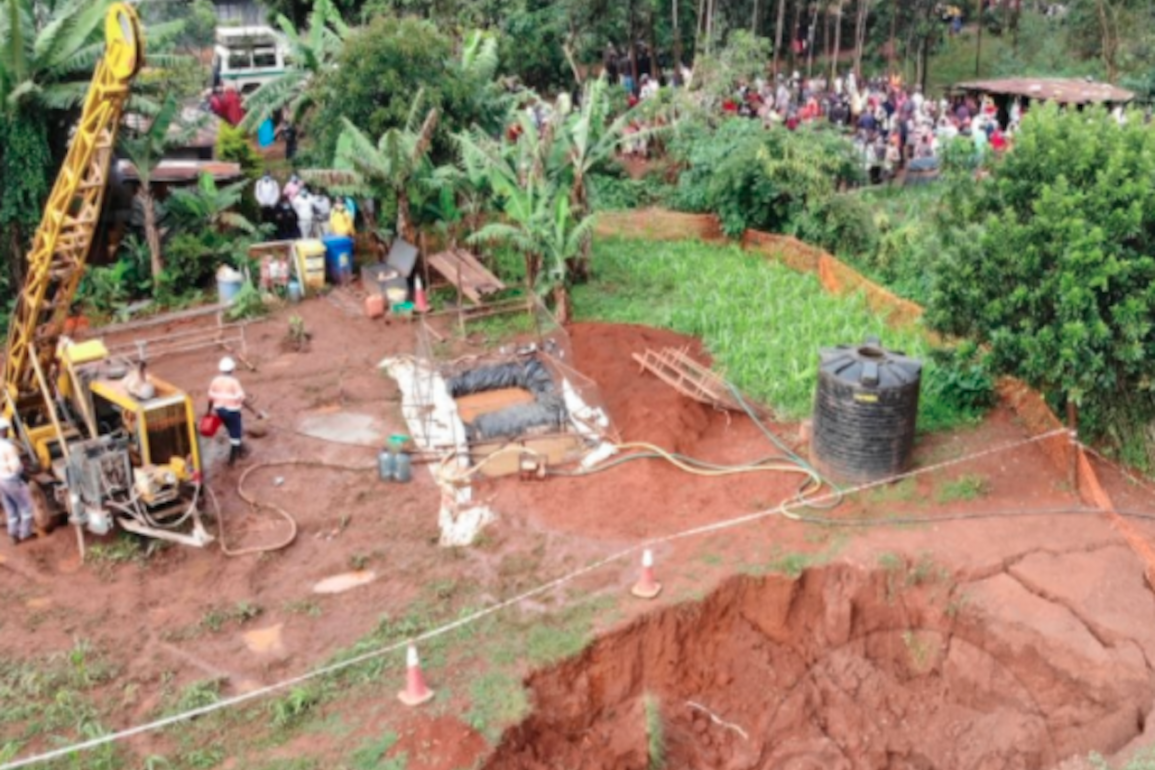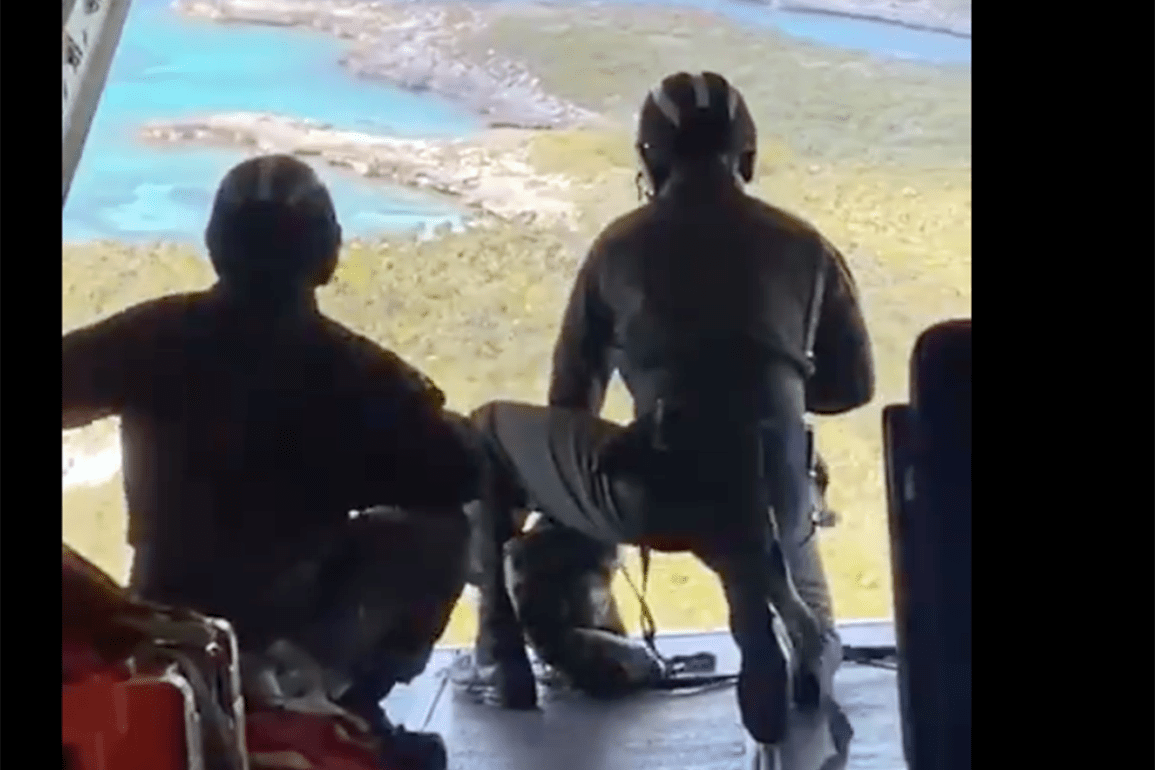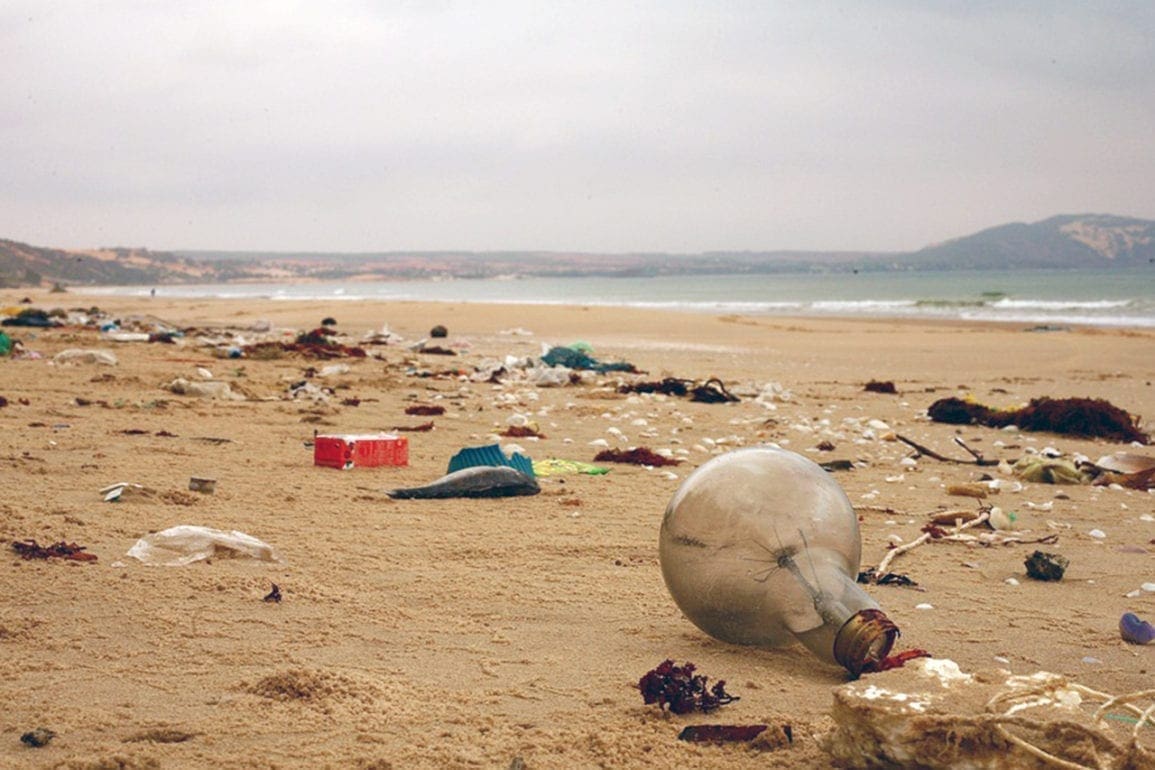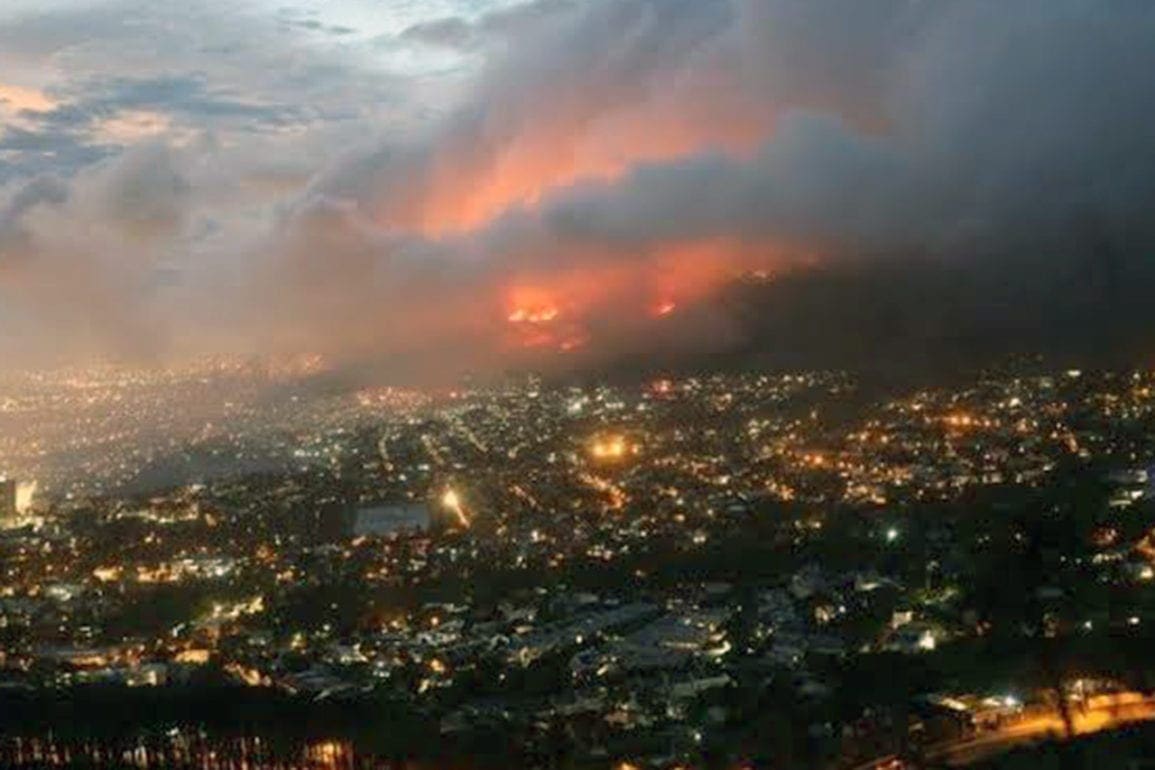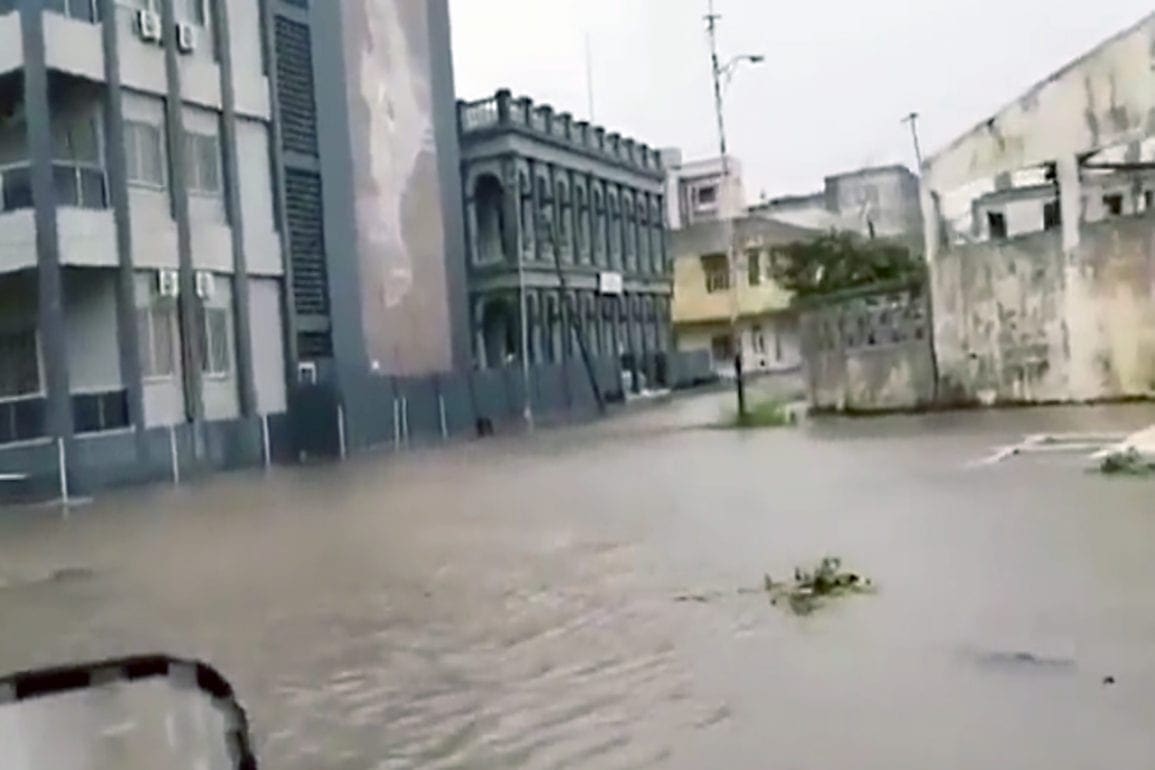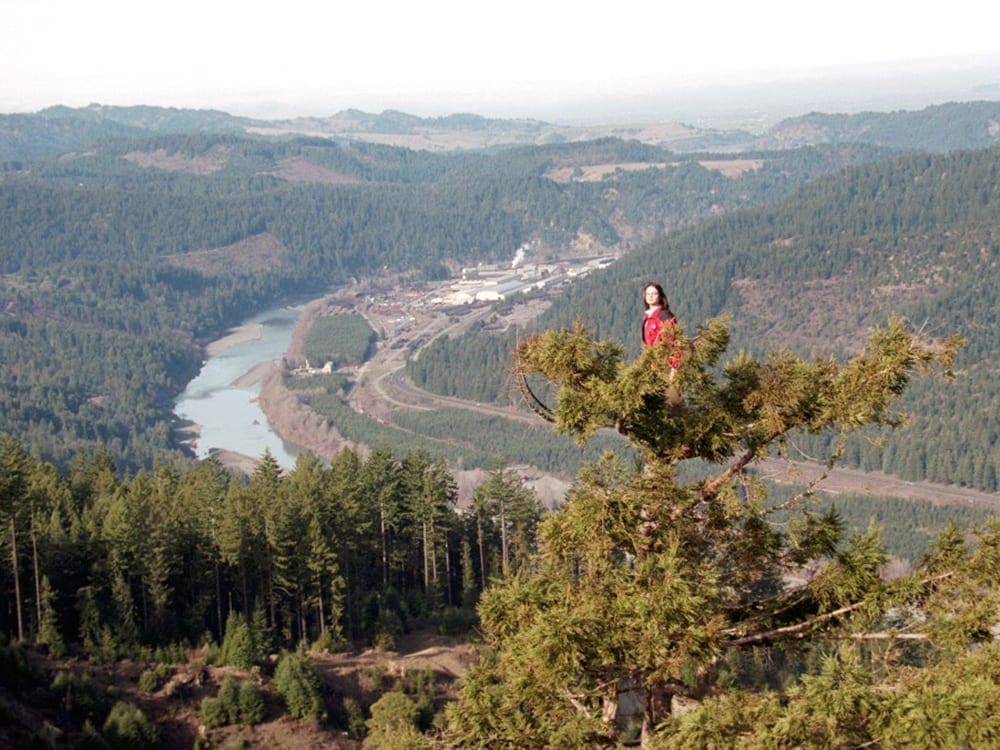A night of horror: Sikkim flood survivor witnesses pregnant sister and nephew being washed away
She pleaded on the phone with her last words, “Take care of my son if something happens to me.” Moments later, the vehicle containing my sister and her child swept away as I watched helplessly.
- 2 months ago
June 2, 2024

SIKKIM, India — At midnight on October 4, 2023, I awoke around 3:30 a.m. to the sound of water striking the window of my room. Anticipating a severe weather event, my sister insisted I join her at her house, but I underestimated the situation. When I awoke that night, I stepped outside to see water everywhere. Reality sunk in and I sought refuge on a hill in the forest while my brother-in-law planned to drive us to higher ground.
I crossed the road as the water rose around me, climbed the hill, and waited, hoping my sister would follow. From my vantage point, I saw my family evacuating the house. My brother-in-law assisted my pregnant sister and four-year-old nephew into the car, started the engine, and prepared for their escape. In a frantic effort, he rushed back to the house to save his elderly father. Tragically, by the time he returned, the flood engulfed the car. The rising waters trapped my sister and nephew inside.
Read more environment stories at Orato World Media.
From divine mother to disaster: flash flood turns the Teesta River into a nightmare
For Sikkimis [locals living in the Northeast of India], the Teesta River remains more than just a body of water. We consider it a goddess, a feeder, and a mother. We cherish the dream of living by her banks in the village of Singtam in Sikkim. However, on the night of October 4, this dream morphed into a nightmare: a flash flood in the Teesta basin, triggered by a cloudburst over Lhonak Lake in north Sikkim.
Around 1:00 am, the police began warning people with whistles, but I remained skeptical. I focused more on watching a movie than the frequent flood alerts. It was not until the police knocked on doors, urging immediate evacuation due to the rising water levels, that the severity of the situation sank in. Amidst the chaos, I fled my two-story house in terror as the floodwaters of the Teesta surged in, with nothing but the clothes on my back.
My sister, who was pregnant, lived next door with her husband, their four-year-old son, and her father-in-law. They chose to leave early, not wanting to take any risks. My mother, who lived with me, was away buying groceries for our shop. Her decision likely saved her life, as I later woke to the reality of the disaster.
Girl watches helplessly as her sister and nephew are swept away in the flood
Standing on the hill, I witnessed a scene forever etched in my memory. The rising water rapidly trapped my sister and nephew inside the car. My brother-in-law left to get his father, but the flood engulfed the car when he returned. The situation turned dire. Consequently, my brother-in-law and his father climbed a tree to find refuge, while I remained powerless to intervene.
My little nephew cried, “Papa, please save me,” begging his father to rescue him from the car. Desperately, I tried calling my sister, urging her to escape. The deluge unfortunately overwhelmed them, and the car became half-submerged. She pleaded on the phone with her last words, “Take care of my son if something happens to me.” Moments later, the vehicle containing my sister and her child swept away as I watched helplessly.
This harrowing moment haunts me and will shadow the rest of my brother-in-law’s life. His family washed away in mere seconds, eluding any attempt to save them. My sister was just 25 years old and had her whole life ahead of her.
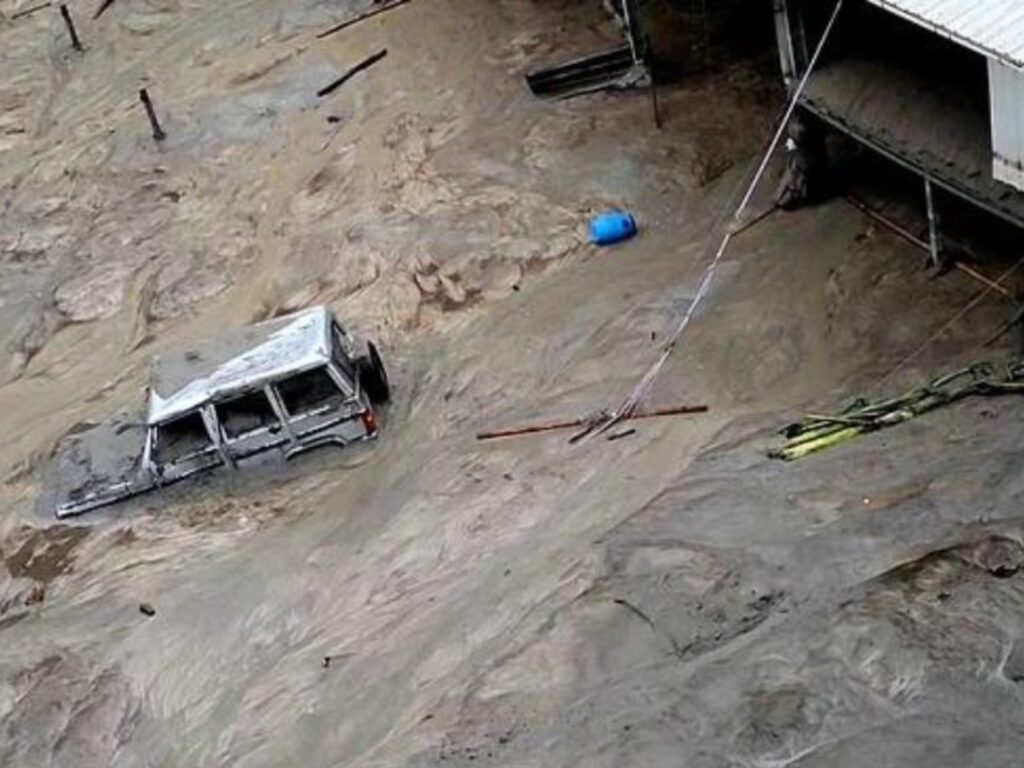
My brother-in-law, fulfilling his duty as a son by trying to bring his father to safety, now feels immense loneliness and self-blame. However, I know it is not his fault; no one could have predicted that the flood would claim his entire family in seconds. After receiving the flood alerts, my sister called me, and I still carry the guilt of deciding to stay back at home instead of going to her place. Perhaps I could have saved her, or maybe I would have perished alongside her. If I died with her, at least I would not have to live with this guilt for the rest of my life.
As the family awaited a new member, celebration turned to grief
Days before the flood, we eagerly celebrated the future arrival of a new life into our family, the future birth of my sister’s child. The timing felt auspicious as it coincided with Dussehra, a festival celebrated by Hindu communities to mark the end of Navratri. Dussehra symbolizes victory and new beginnings, and my brother-in-law felt particularly elated at the thought of welcoming his child during such a festive period. Our hopes soared, as we envisioned a bright future.
However, fate had other plans. Our excitement turned to mourning, and the house that once echoed with laughter now stands silent. My mother, still in shock, whispers, “God could have taken me instead of my young daughter.” The pain of not being able to see your child’s lifeless body feels indescribable to her. The walls of our home no longer house my mother; they remind her too vividly of my sister and her unborn child.
My mother retreated to the same town where she was when the flood ravaged our lives. I am happy she was not here when it happened. It took me four days to tell her about the disaster until she returned and saw it for herself. She tried calling my sister, and I kept telling her everything was okay, and that my sister’s phone was washed away in water.
As for me, I try to distract myself with every available task. Discussing that fateful night remains a painful endeavor. We are inherently reserved people, not accustomed to sharing our innermost feelings. Yet, the memories haunt us—the loss of my sister and her innocent child, both victims of circumstances beyond their control. They did not deserve this tragic fate, and their absence leaves an emptiness that cannot be filled.
Rescued after 30 hours: the devastation struck six towns, claimed more than 200 lives
Most of us in our small, happy state in India operate small shops. Industries and big businesses remain absent. Before becoming pregnant, my sister worked at a primary school in our village. She was the sole woman in her household. Thirty hours after the flooding, authorities finally rescued us. Sitting in the forest on that hill, my thoughts were consumed by the possibility of dying alongside my sister. The sheer volume of water looked unlike anything I ever witnessed. The Teesta River, usually familiar and calm, transformed dramatically. Despite our prayers, the river remained unyielding.
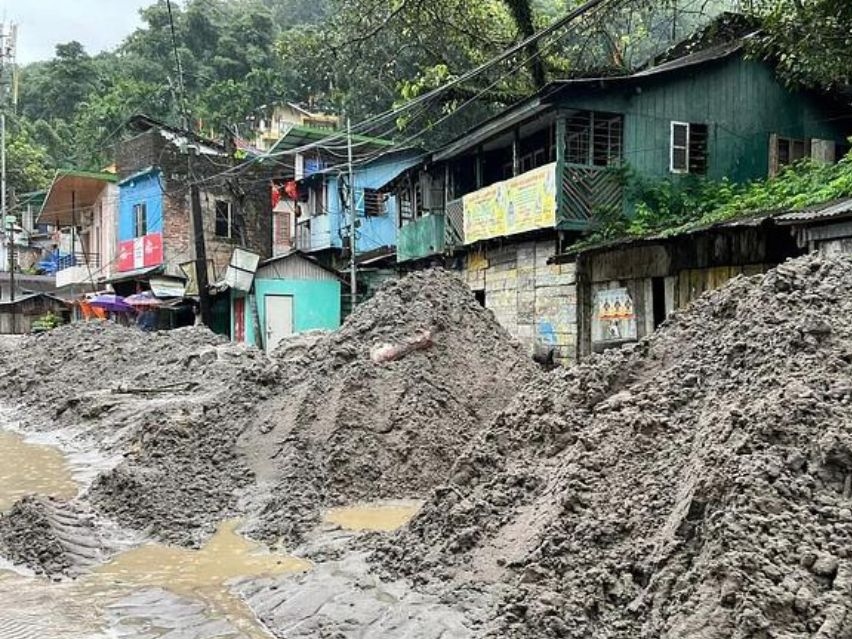
Many families in Sikkim share this story, a night when the river showed her wrath and claimed more than 200 lives, including 22 army personnel on a rescue mission. A single cloud burst altered its course, breaking the dam gates and destroying several downstream bridges that connected our two villages. The devastation proved immense, affecting at least six small towns. In this shared tragedy, everyone in my village and nearby communities lost at least one family member. The pain remains palpable, binding us together in grief and resilience. Nonetheless, we face this challenge as a united community.
Rebuilding hope: reflections on loss, volunteerism, and recovery after a devastating flood
Upon leaving the hillside and returning home, I saw that the deadly flood destroyed my home, leaving nothing but scraps. It washed away the small grocery and vegetable shop I operated. My brother-in-law and a close friend endured immense losses. The overwhelming mourning in the entire village left me with no time to grieve for myself.
In the face of such immense devastation, I joined a team of volunteers for rescue efforts. We managed to save eight people from a building buried under 10 to 15 feet of silt and mud. However, many remained trapped on upper floors, inaccessible due to the destruction of staircases and access routes. The situation also proved dire in Chungthang, another town along the Teesta River. There, the flood destroyed a dam and communication lines, leaving many unaccounted for and presumed lost.
The aftermath brought promises of relief funds and compensation from the state and central government, but the full amounts have yet to be received. Our state, reliant on tourism, now faces months without visitors. Despite the urgency to restore tourism, progress remains slow. Repairs are underway for the damaged dam and bridge, and plans are being made to establish a disaster management system. Although floods are an annual occurrence here, none have ever matched the scale of last year’s.

